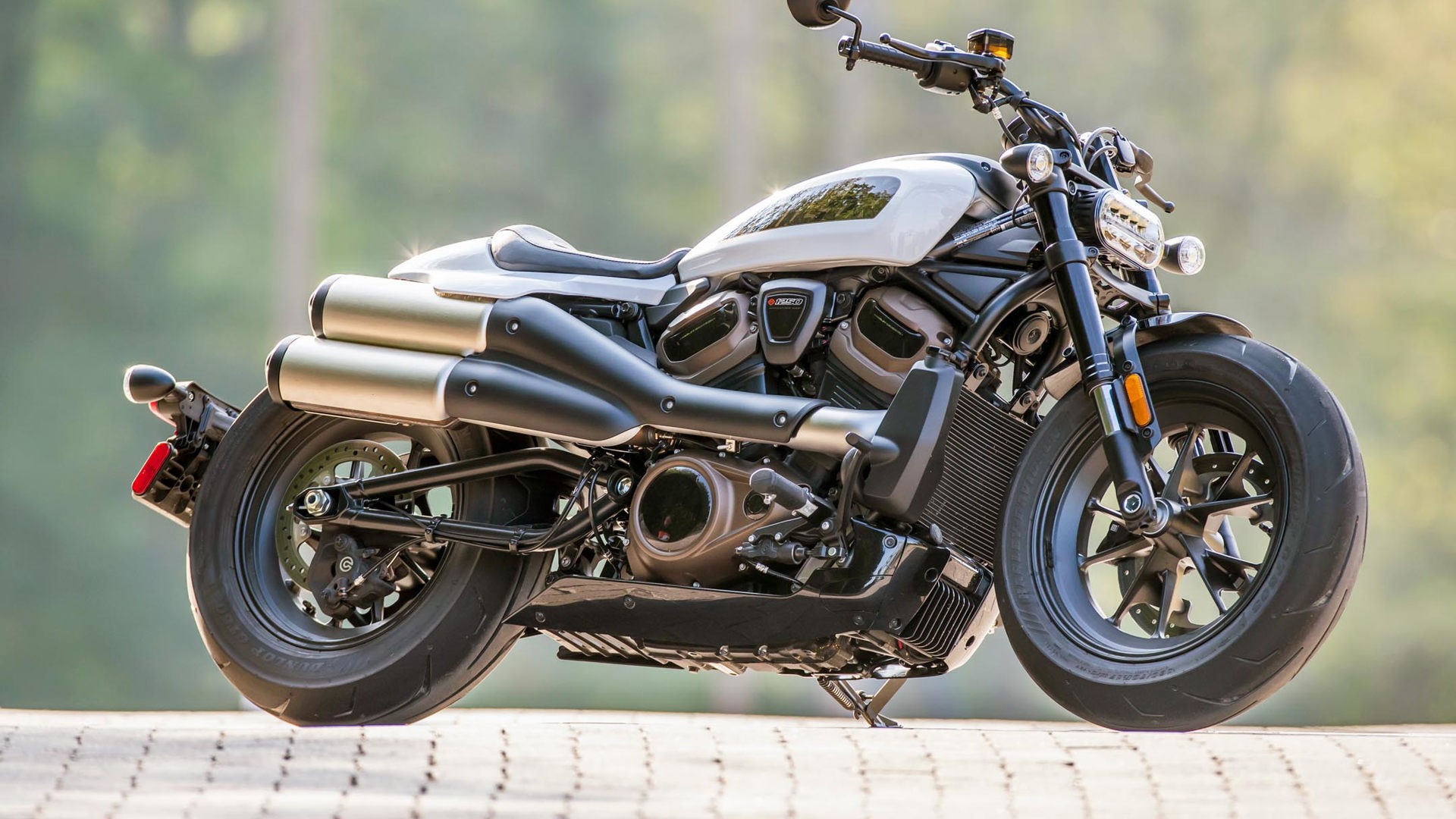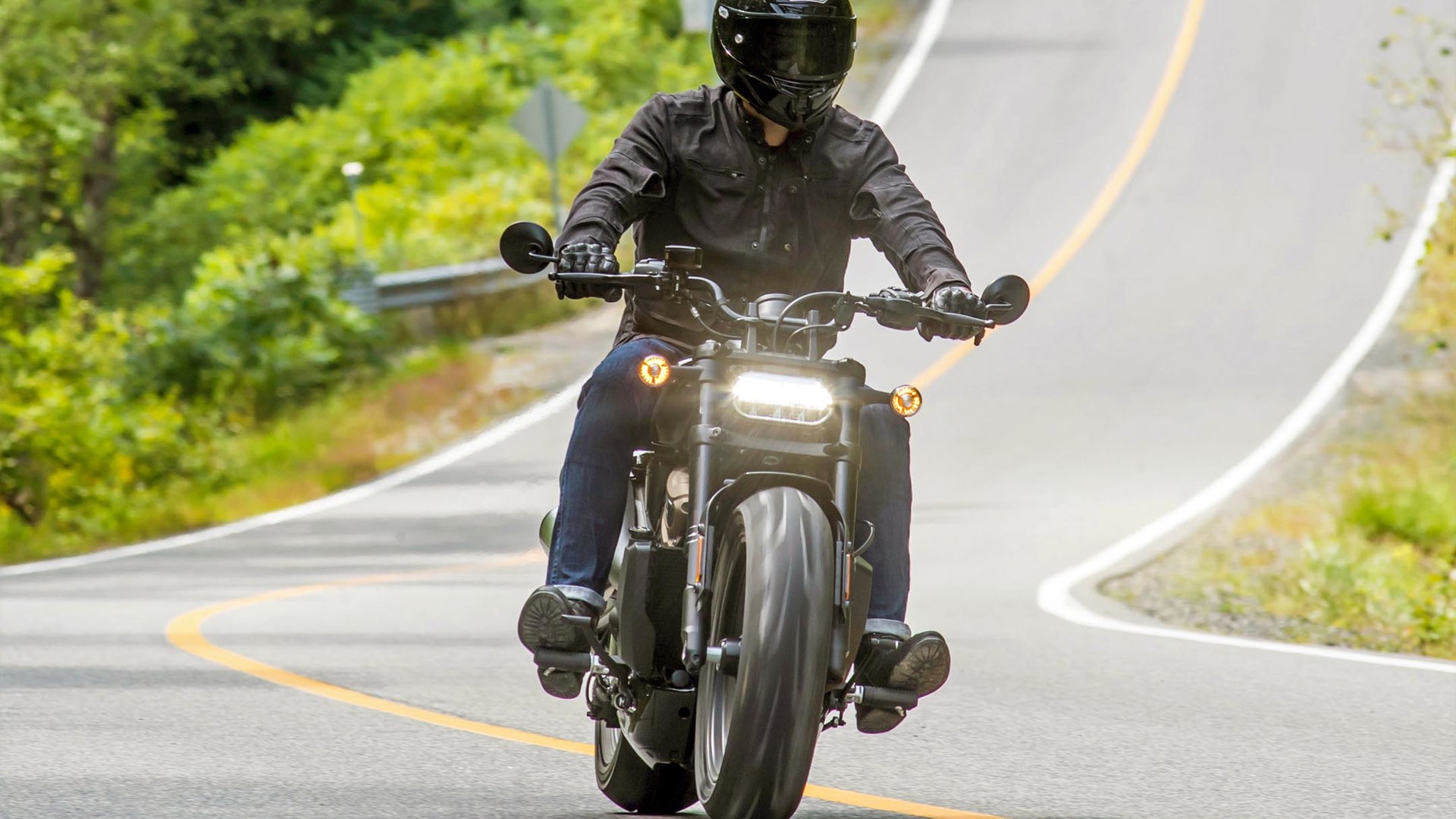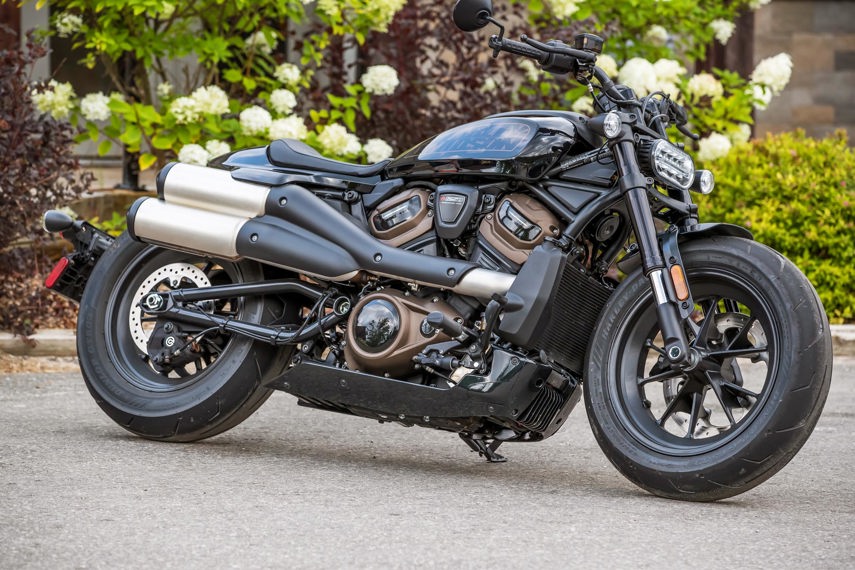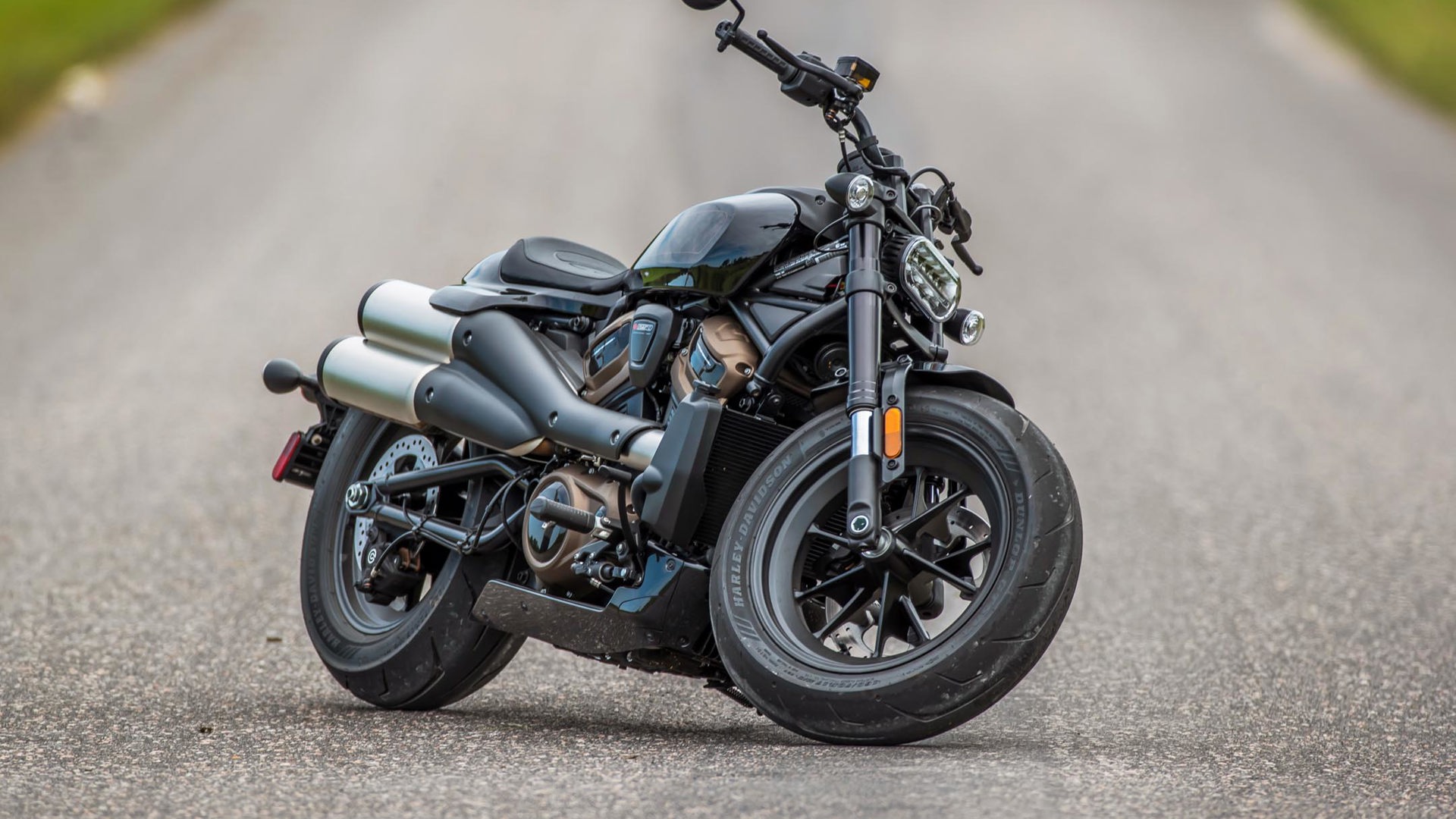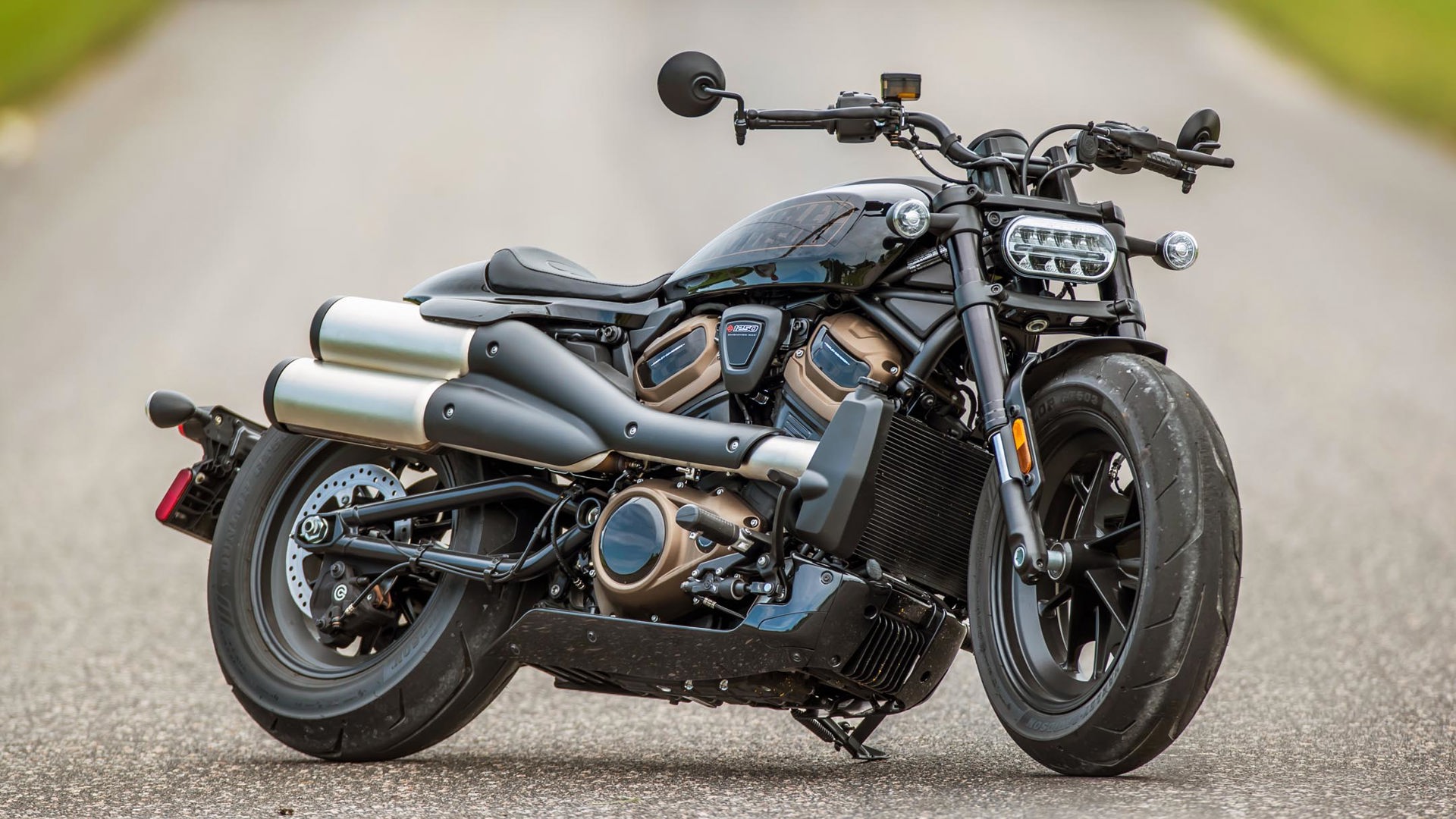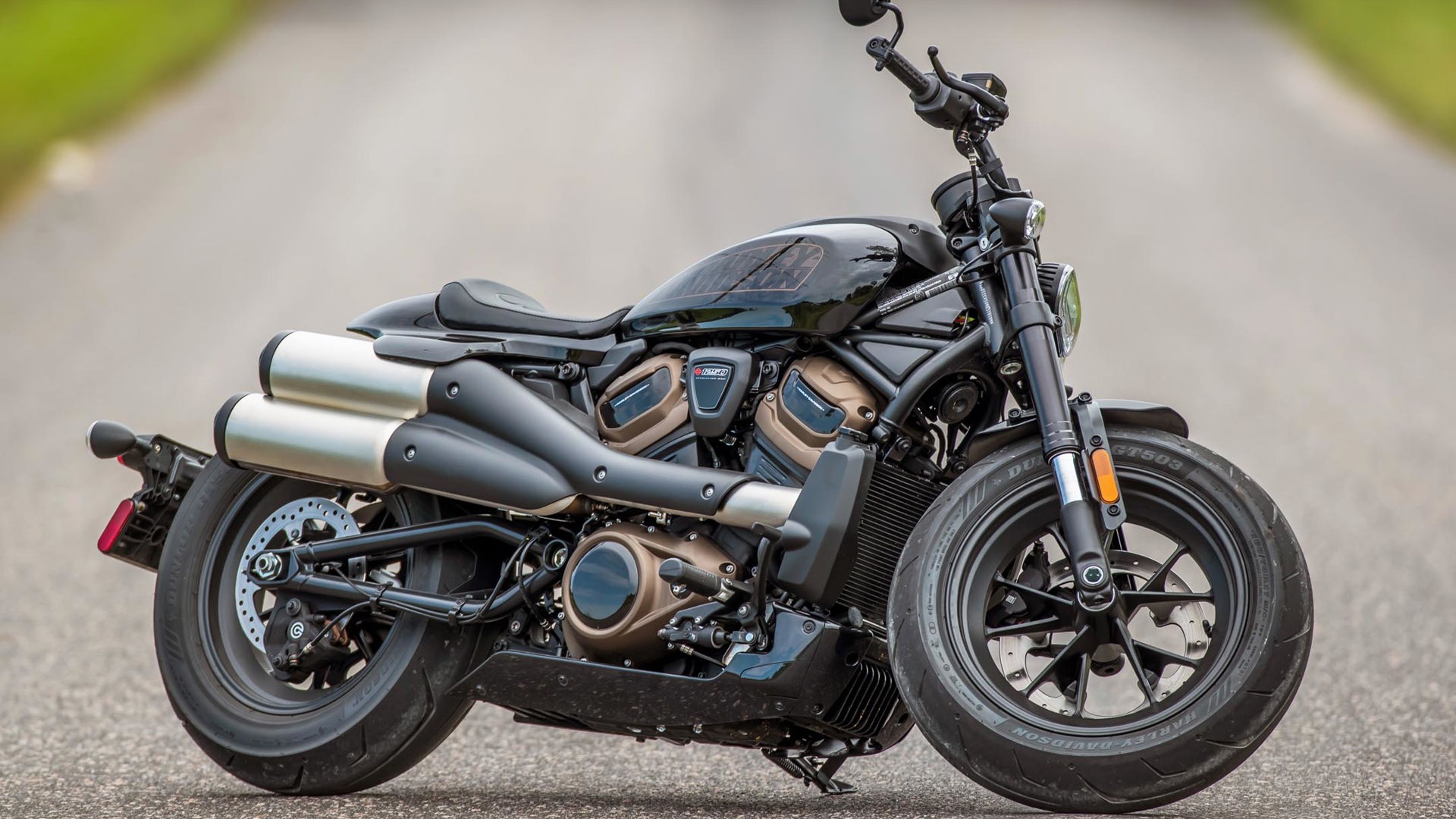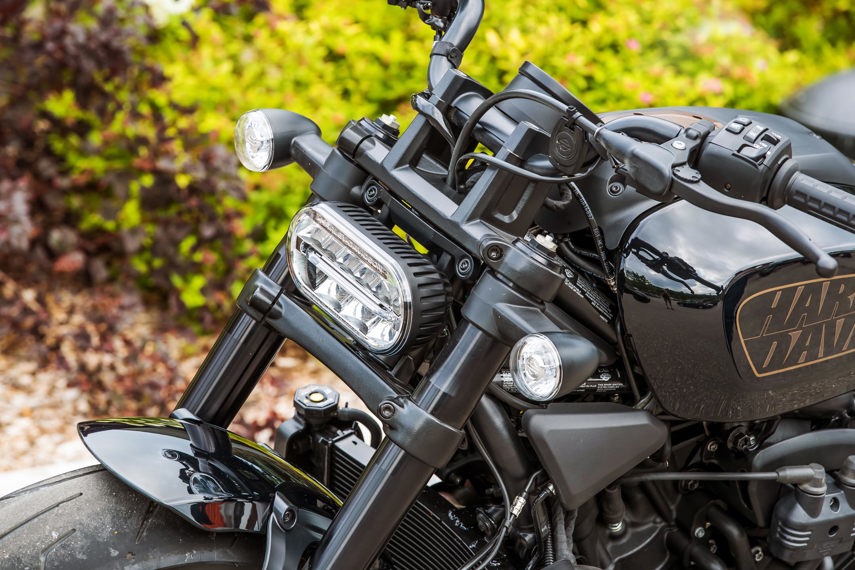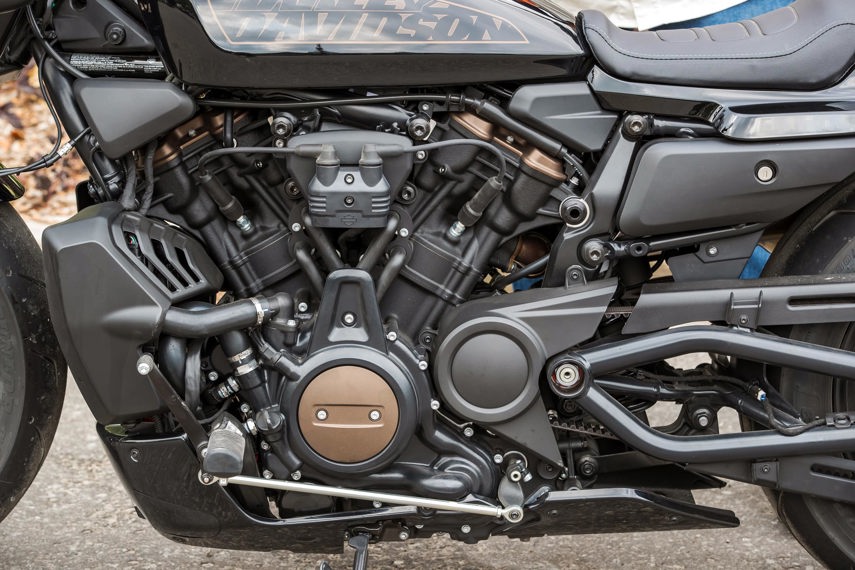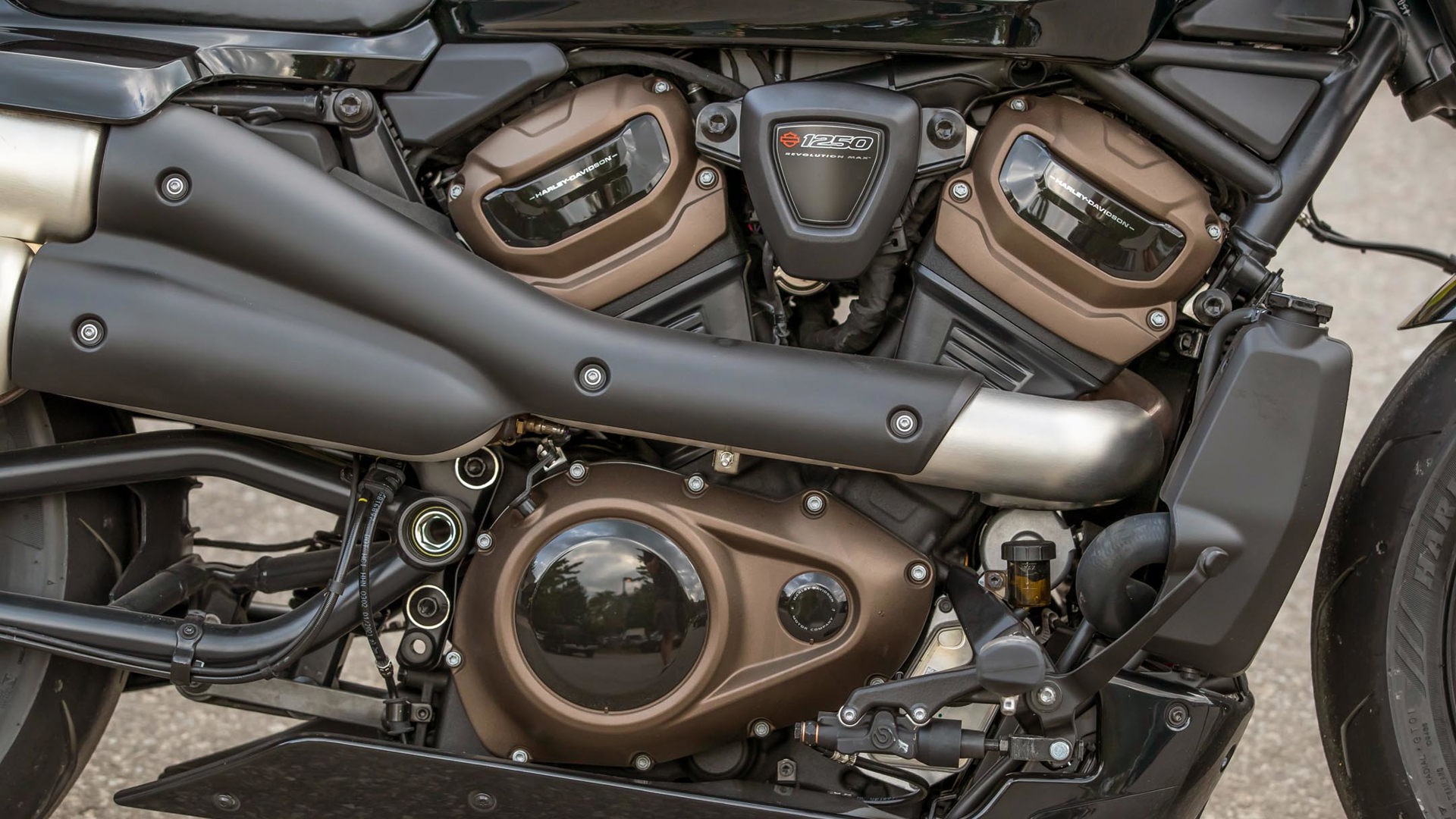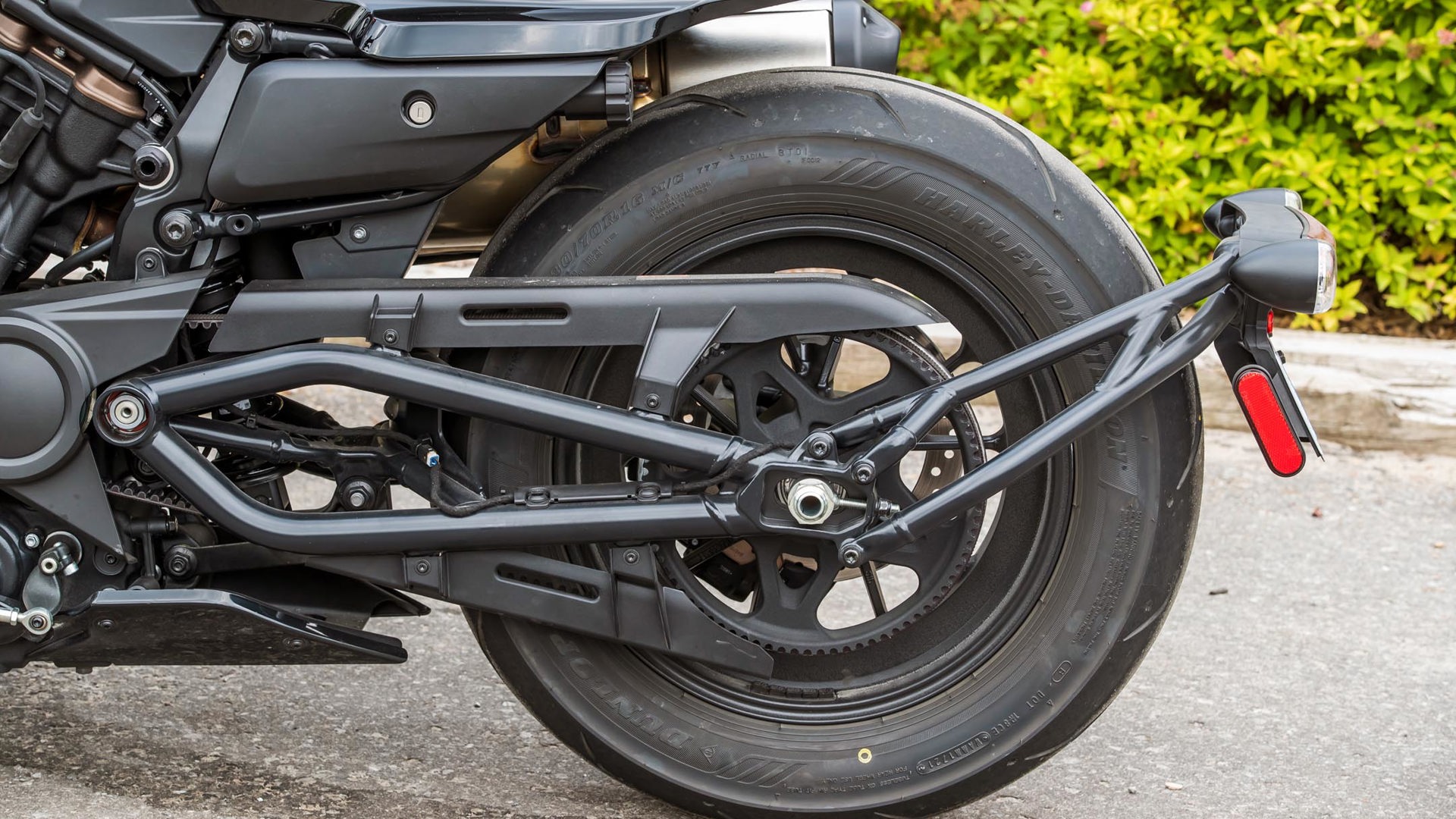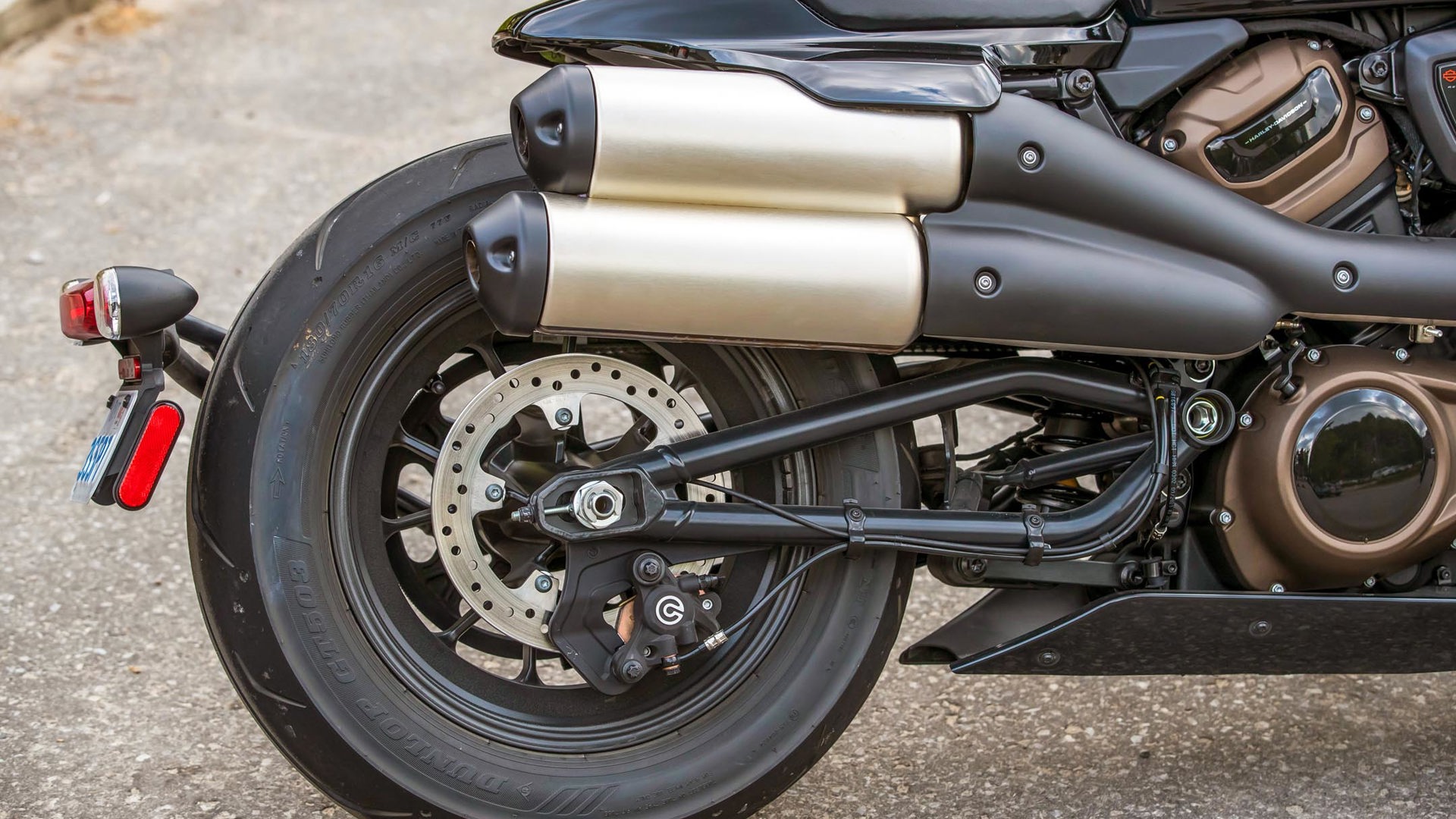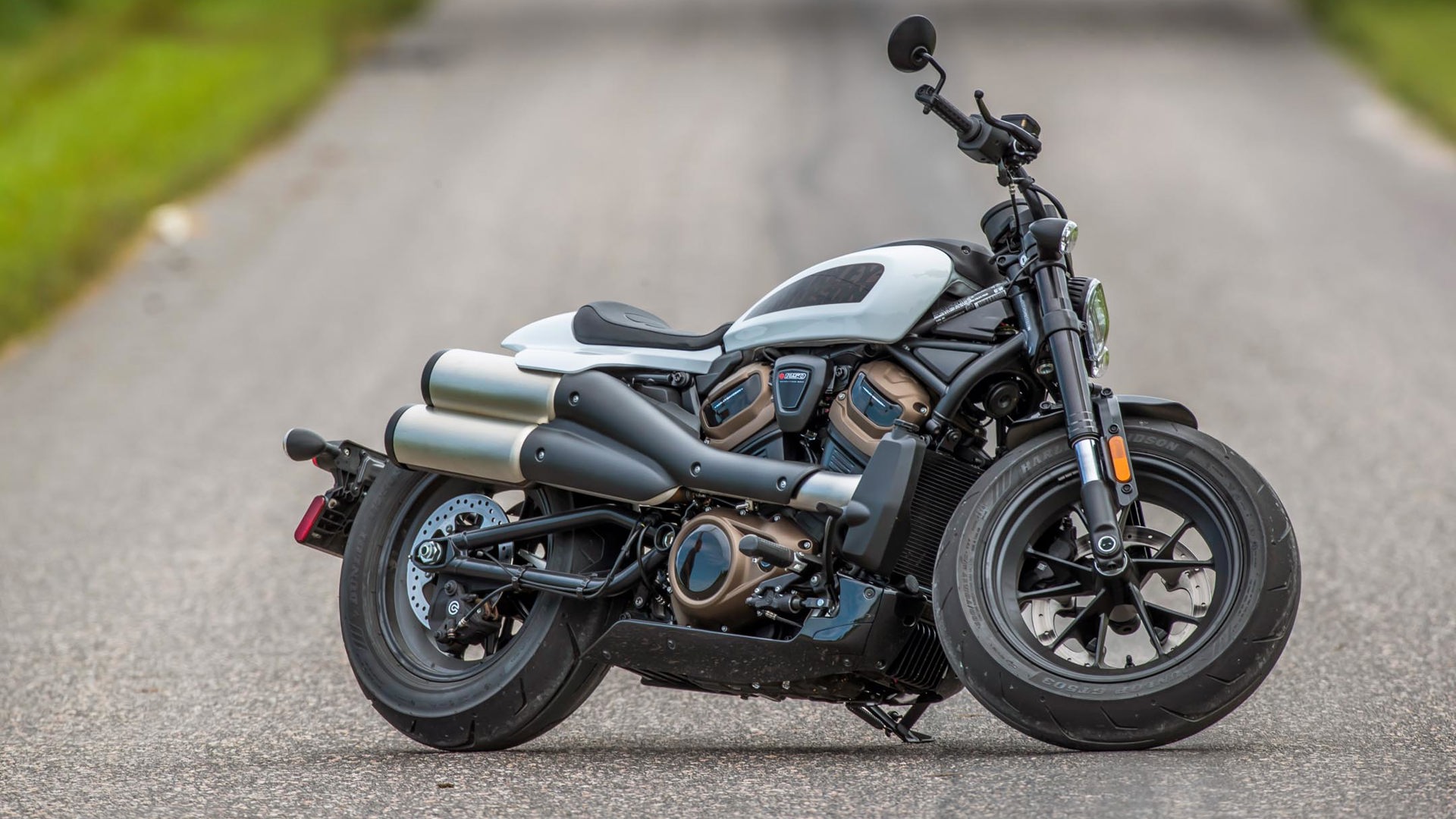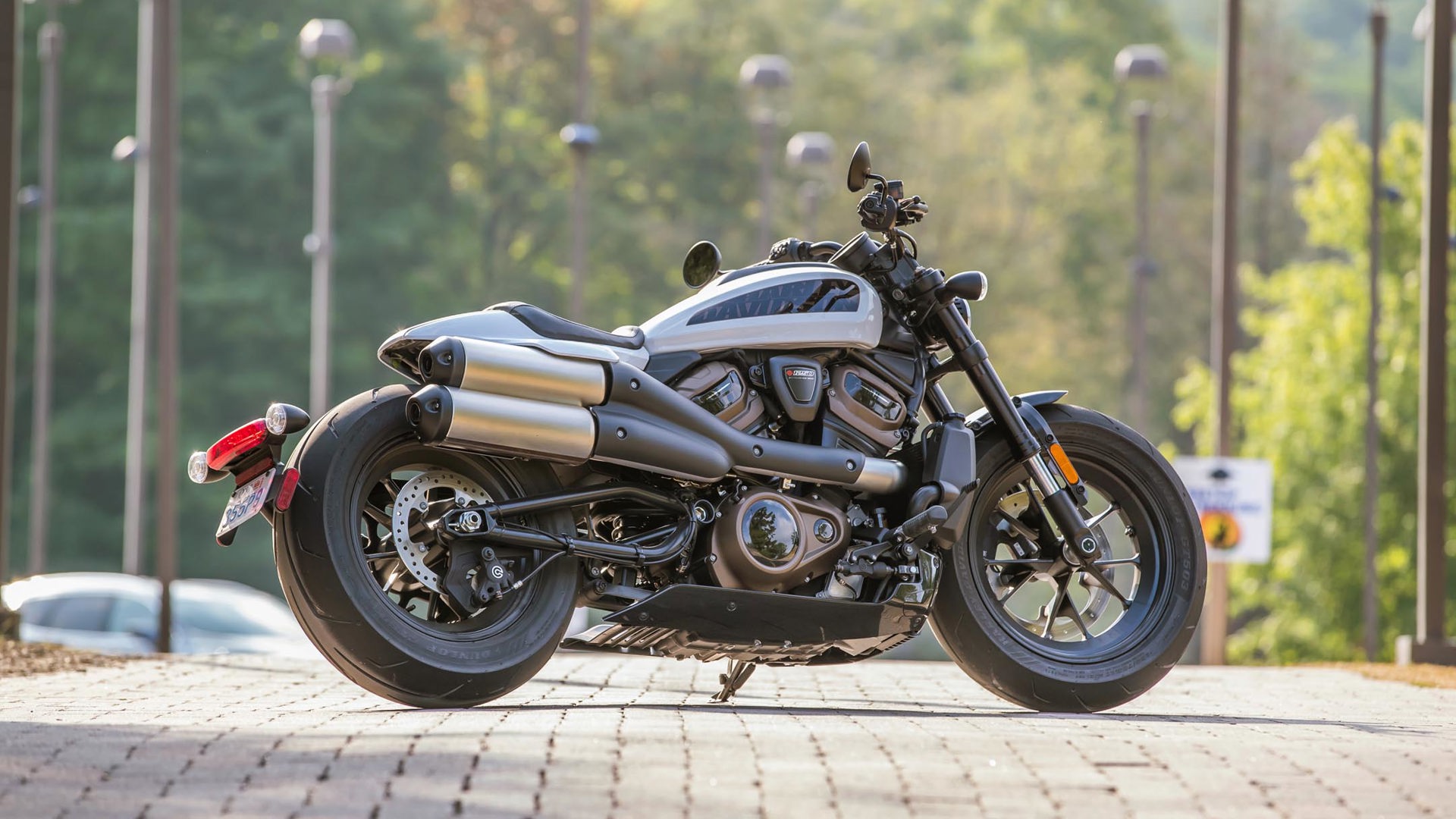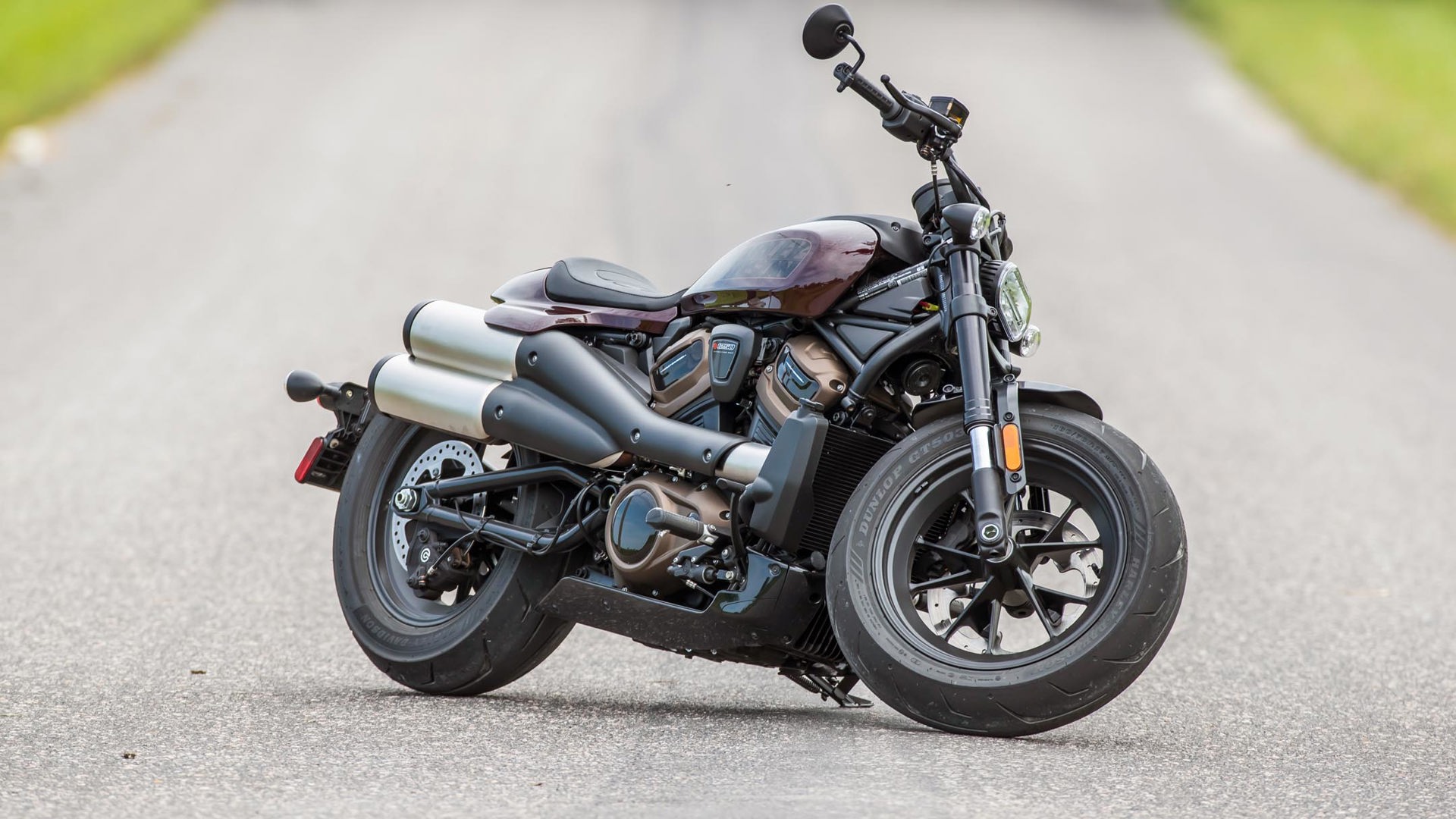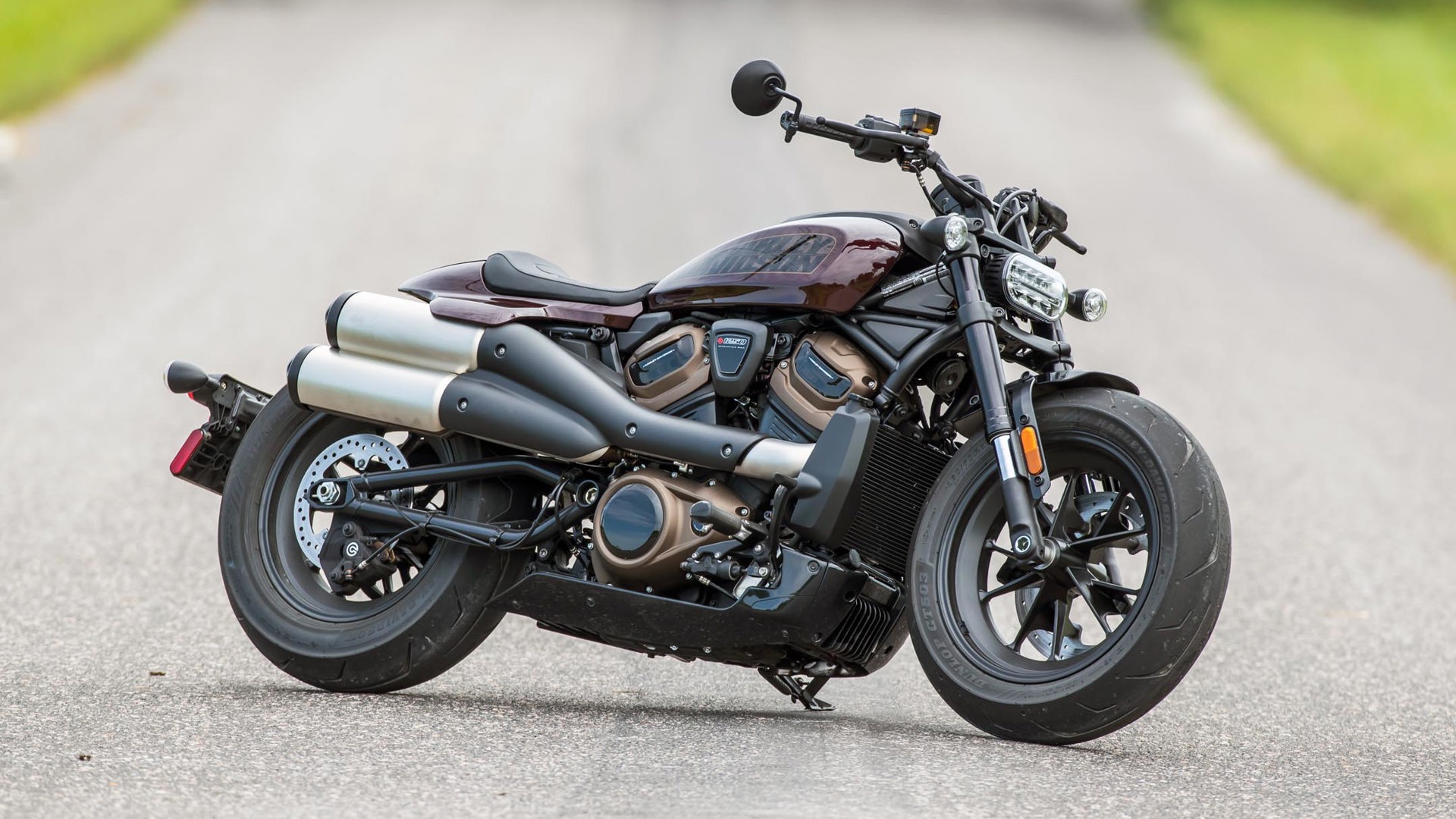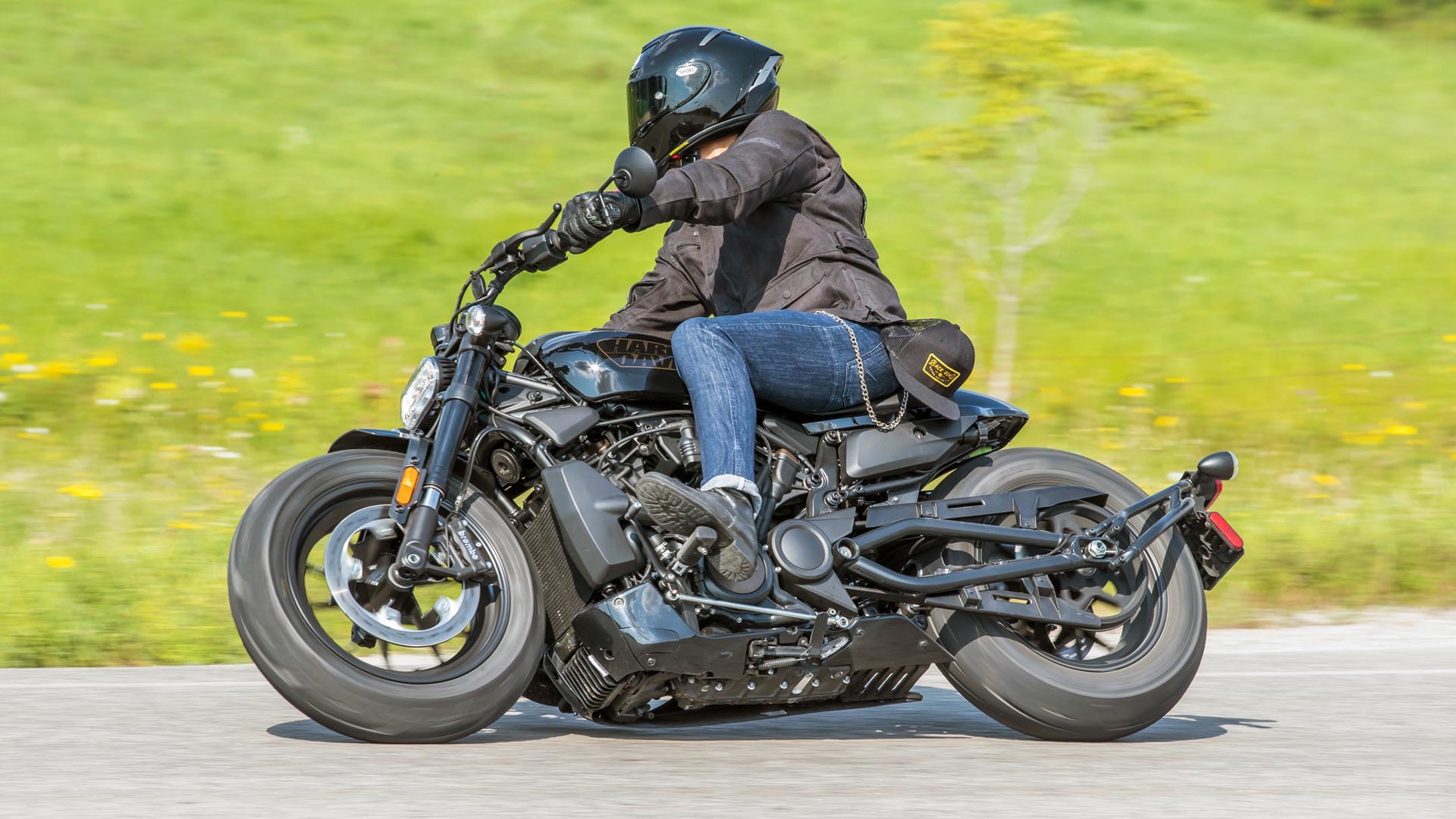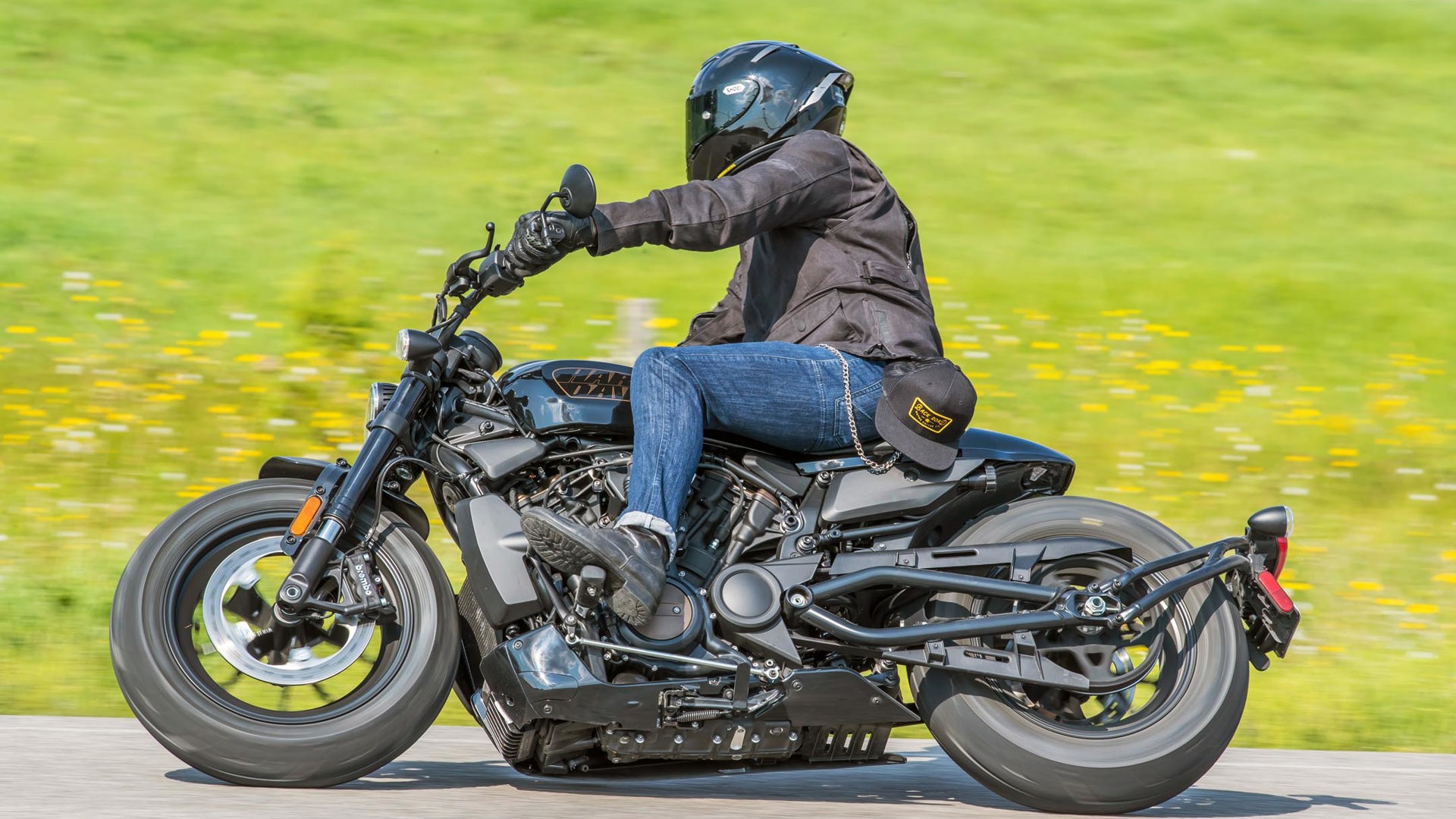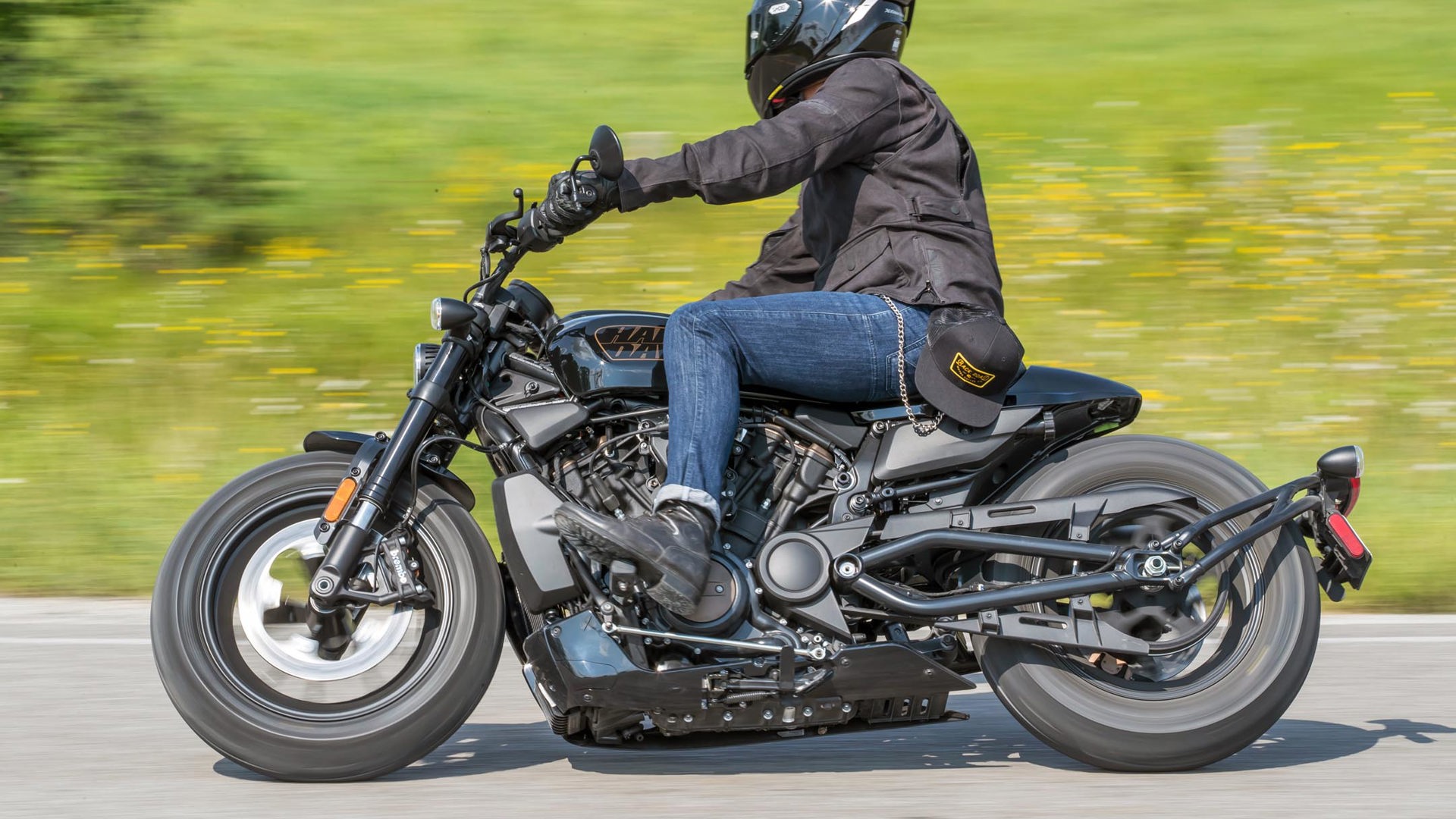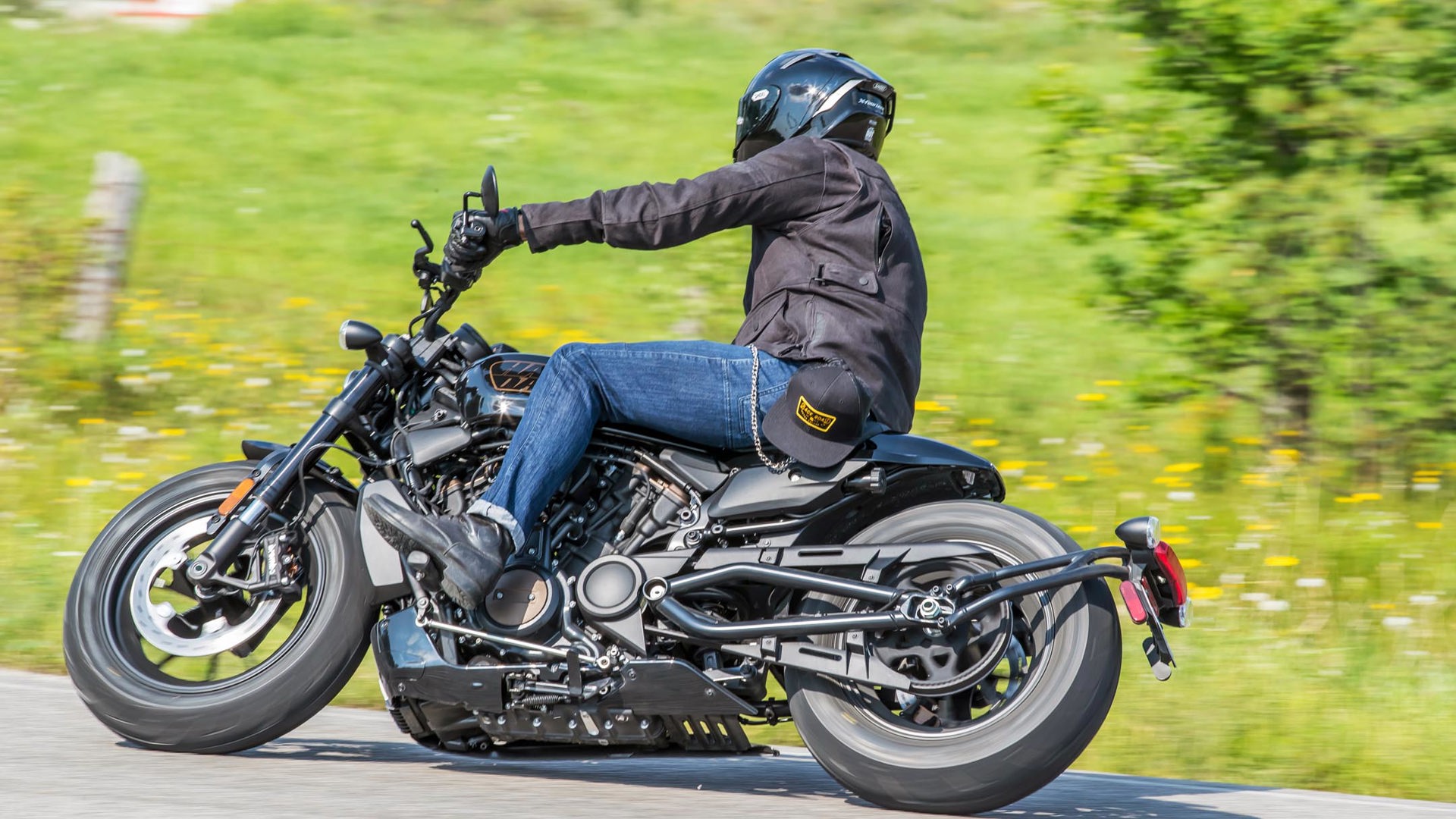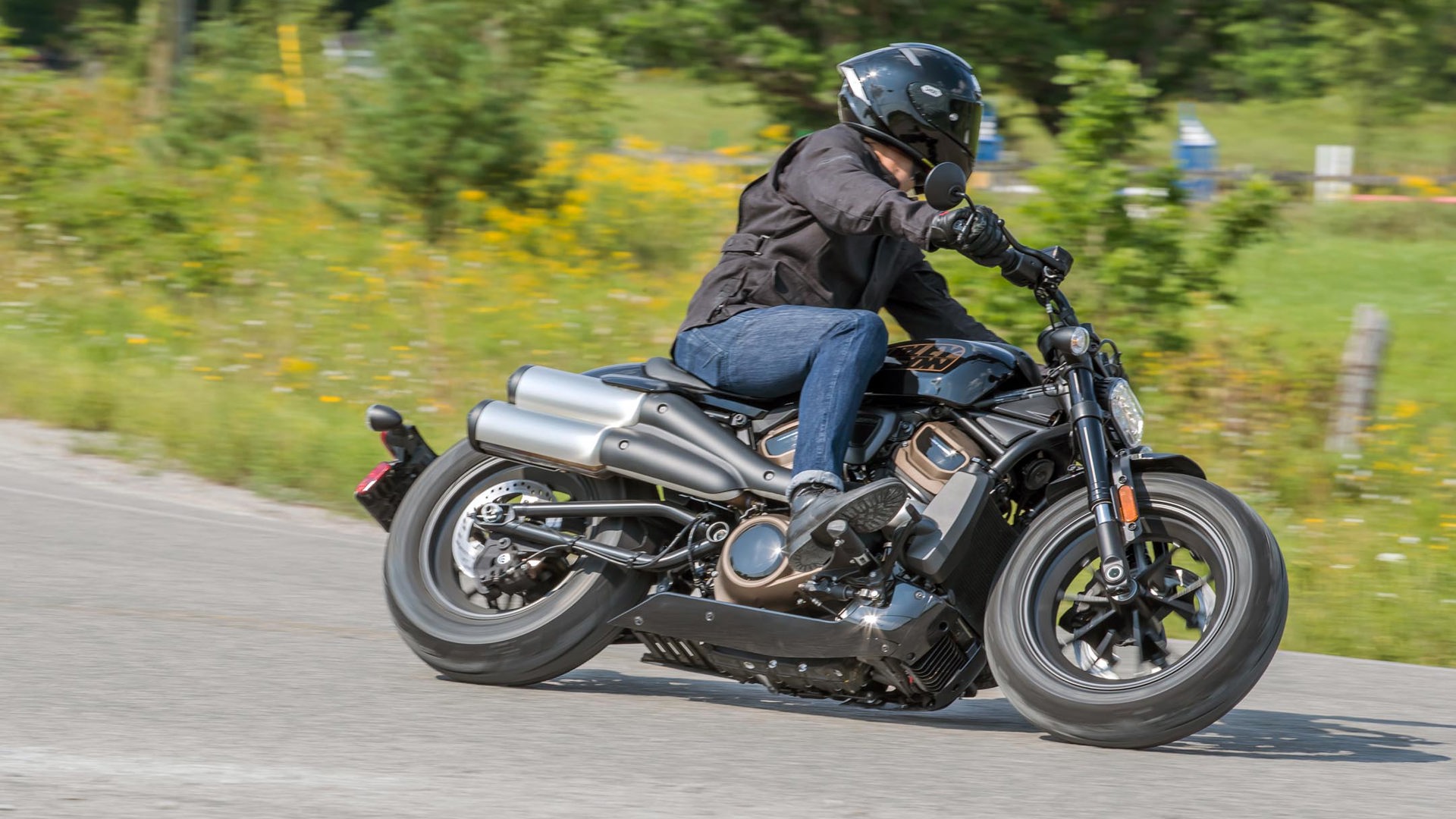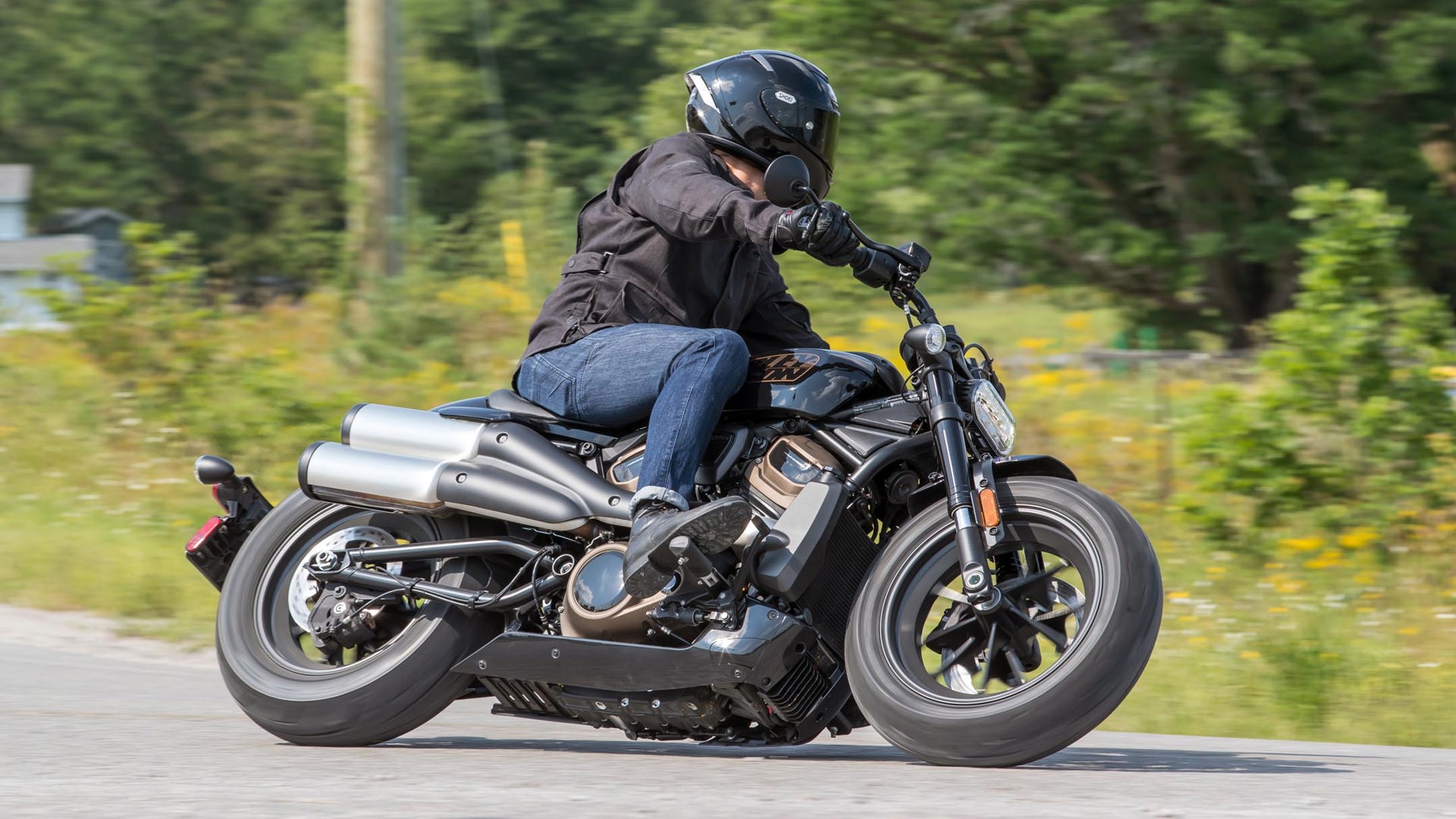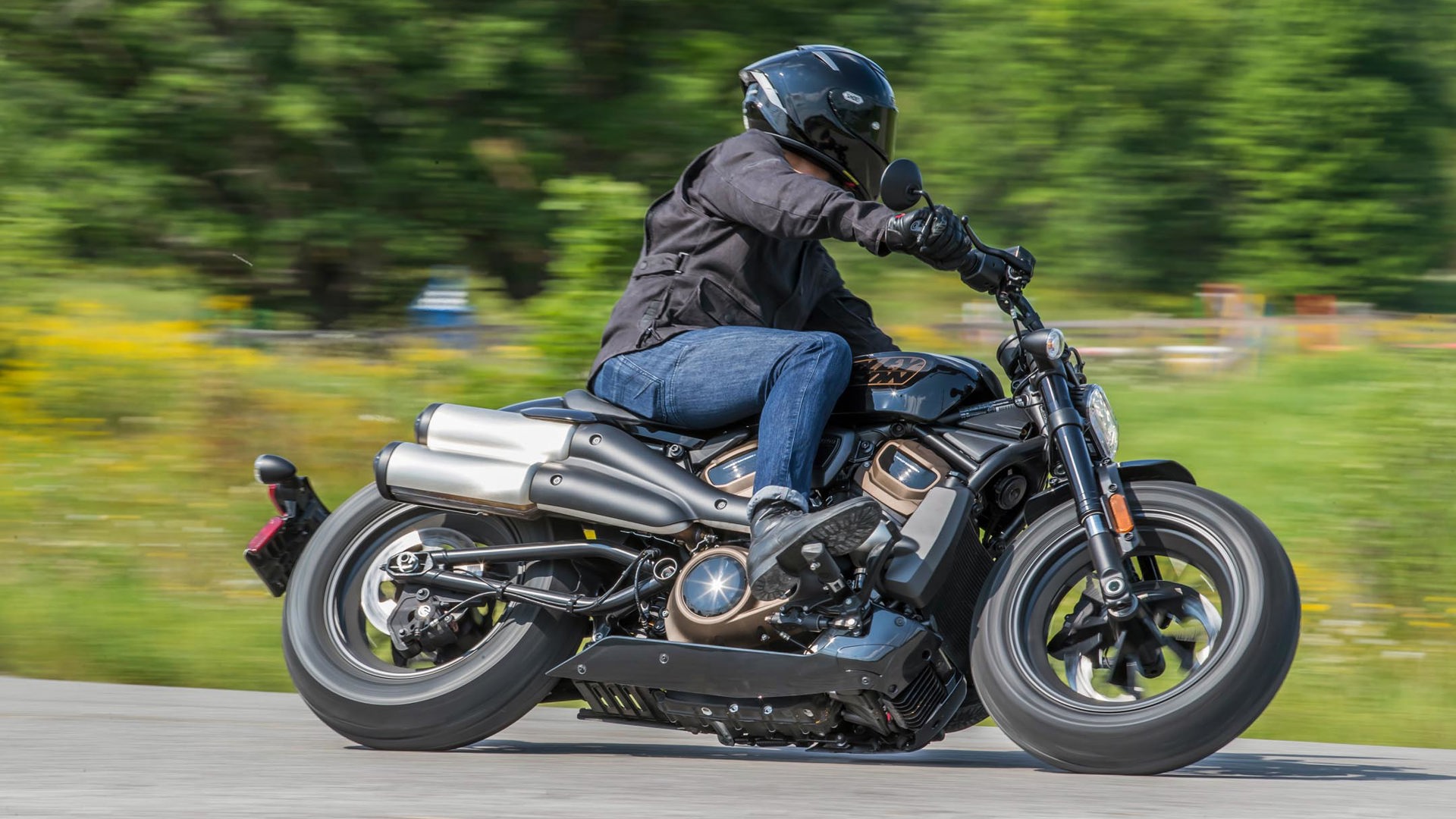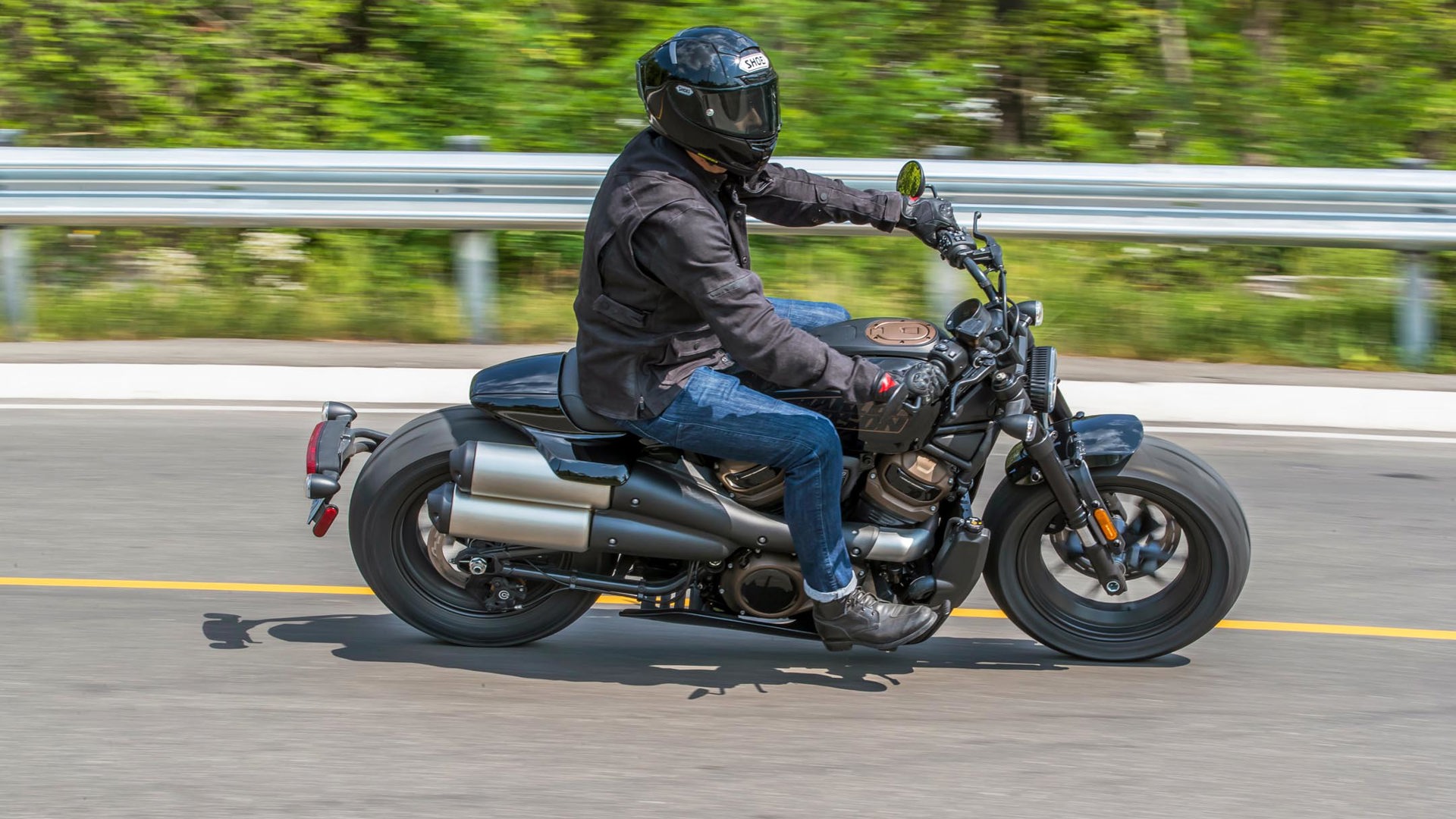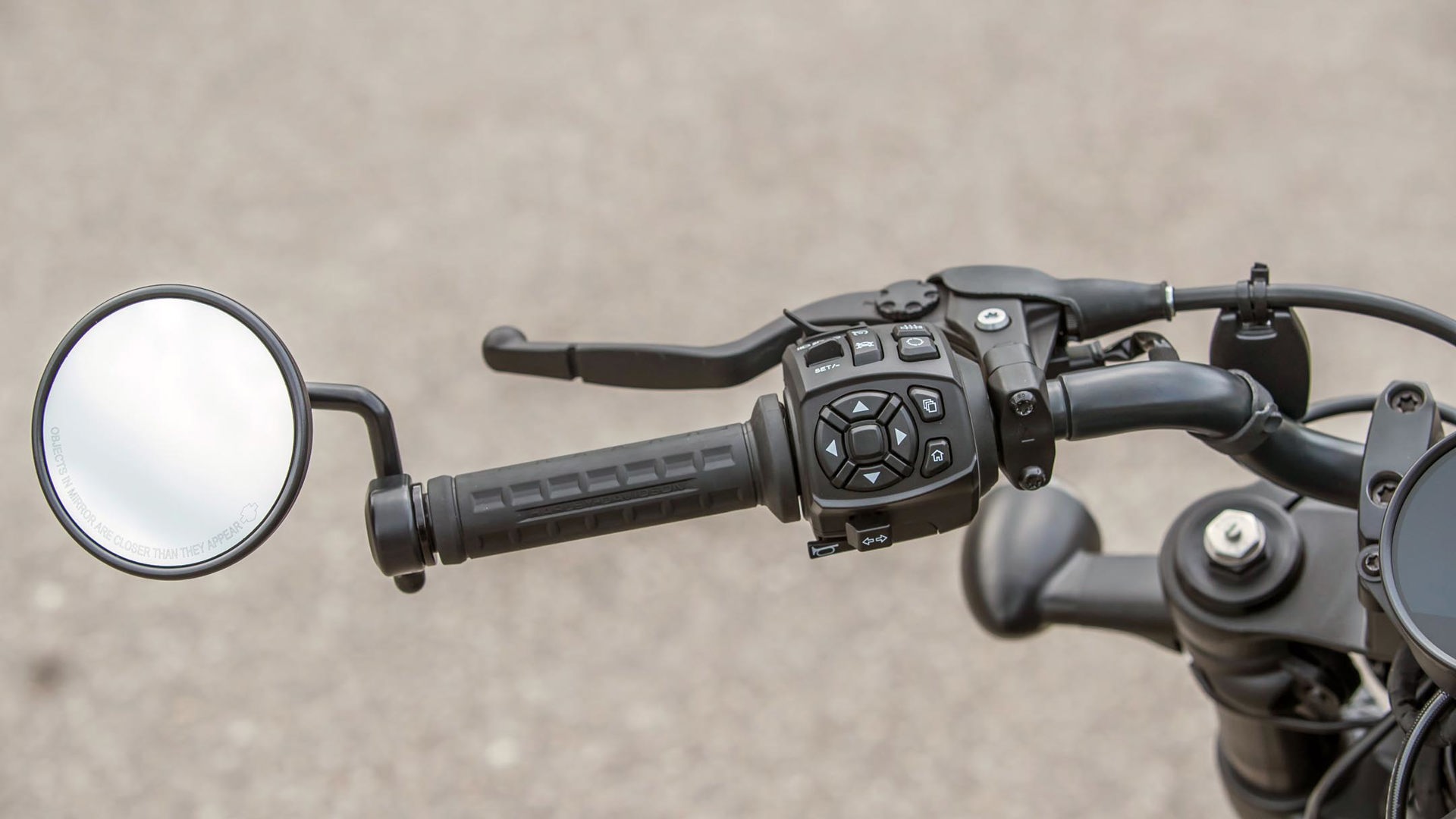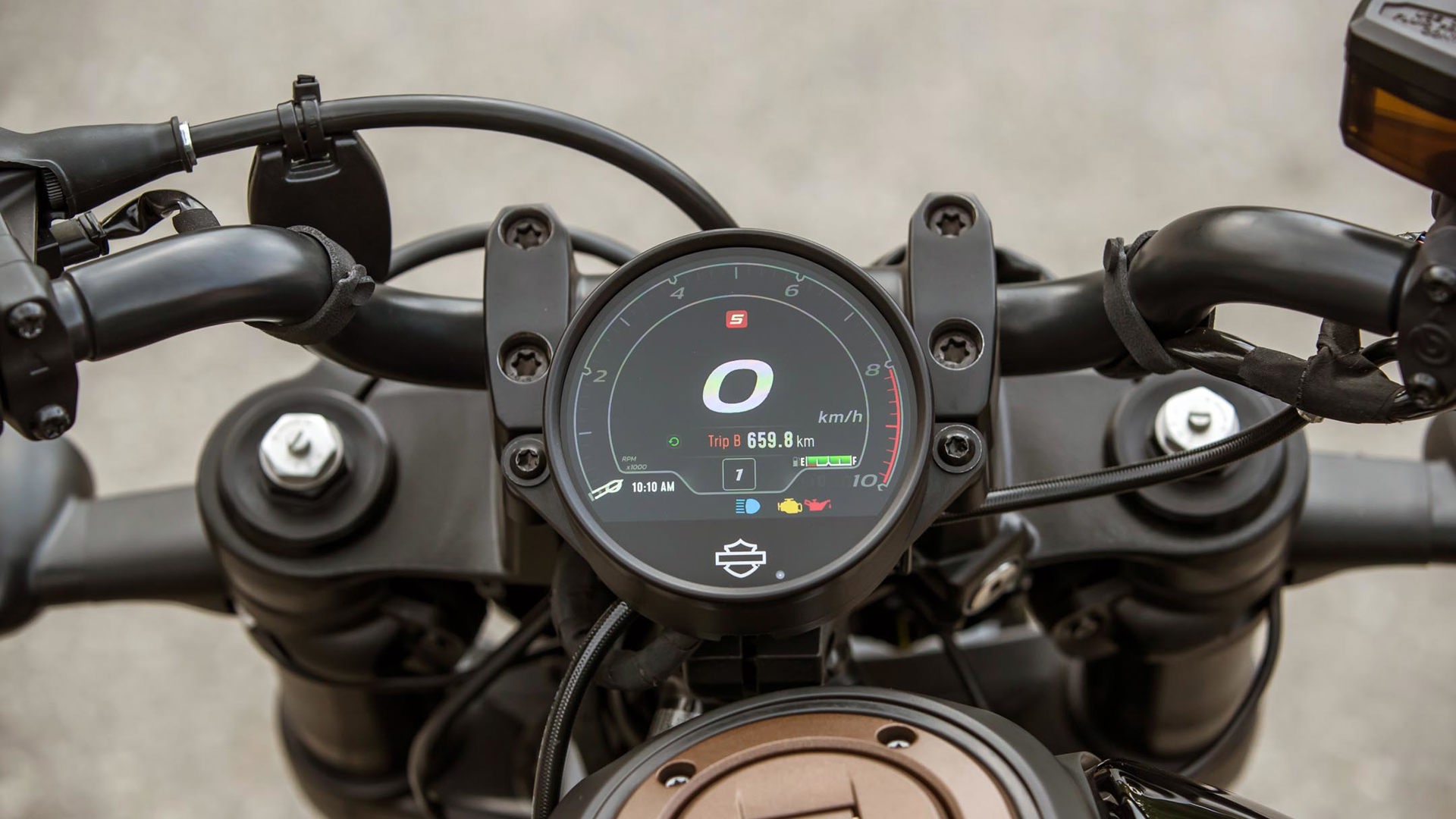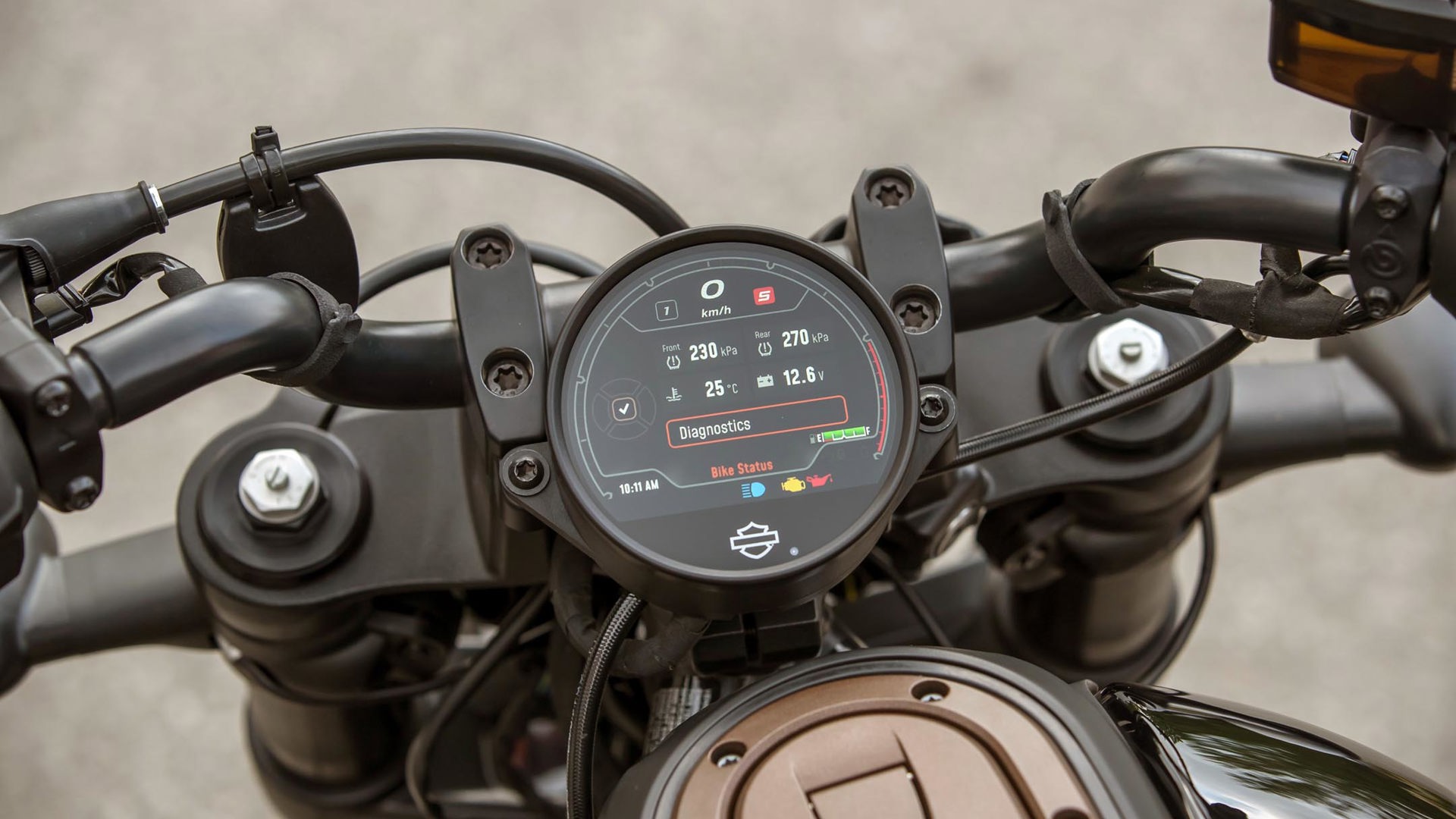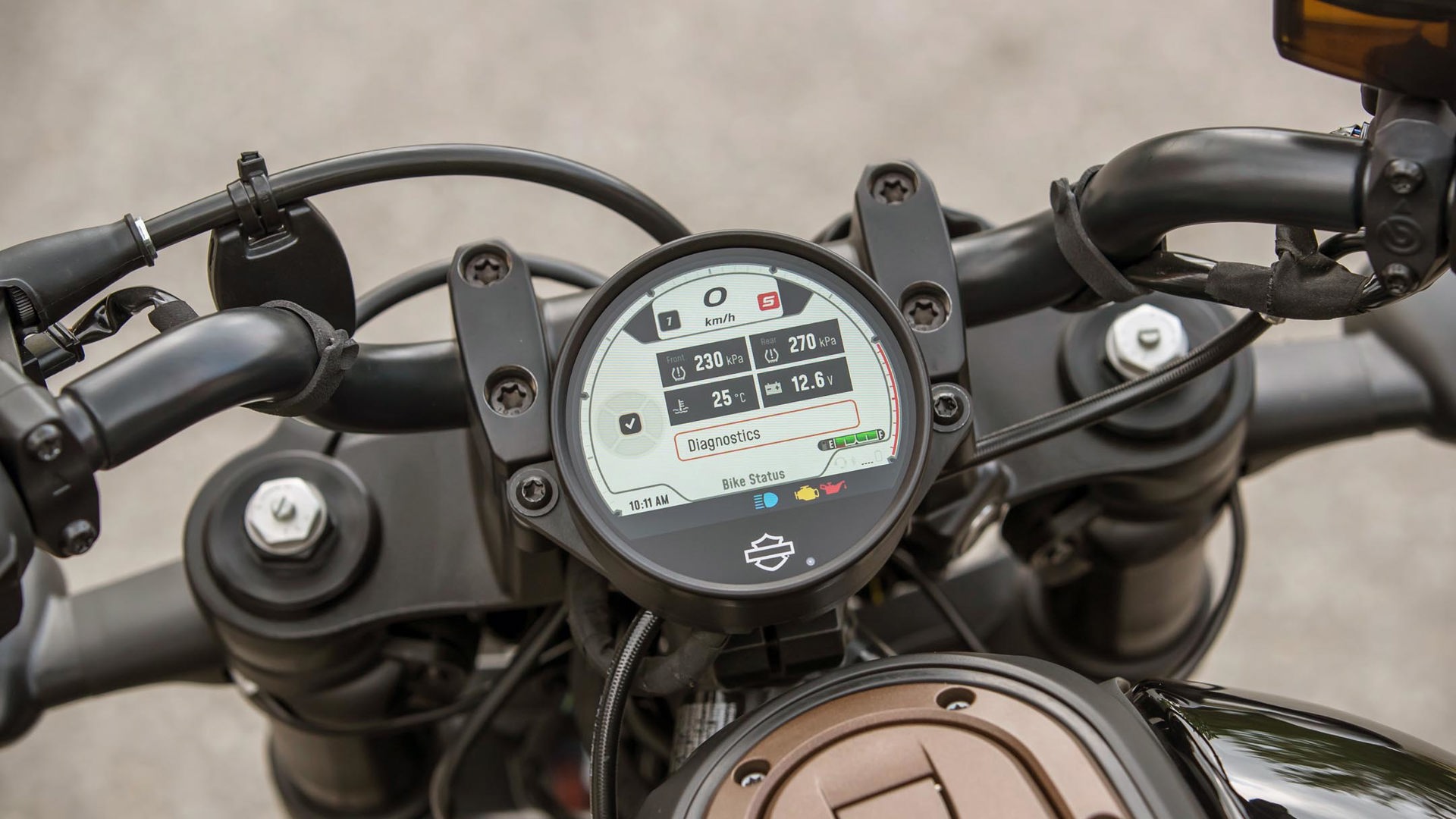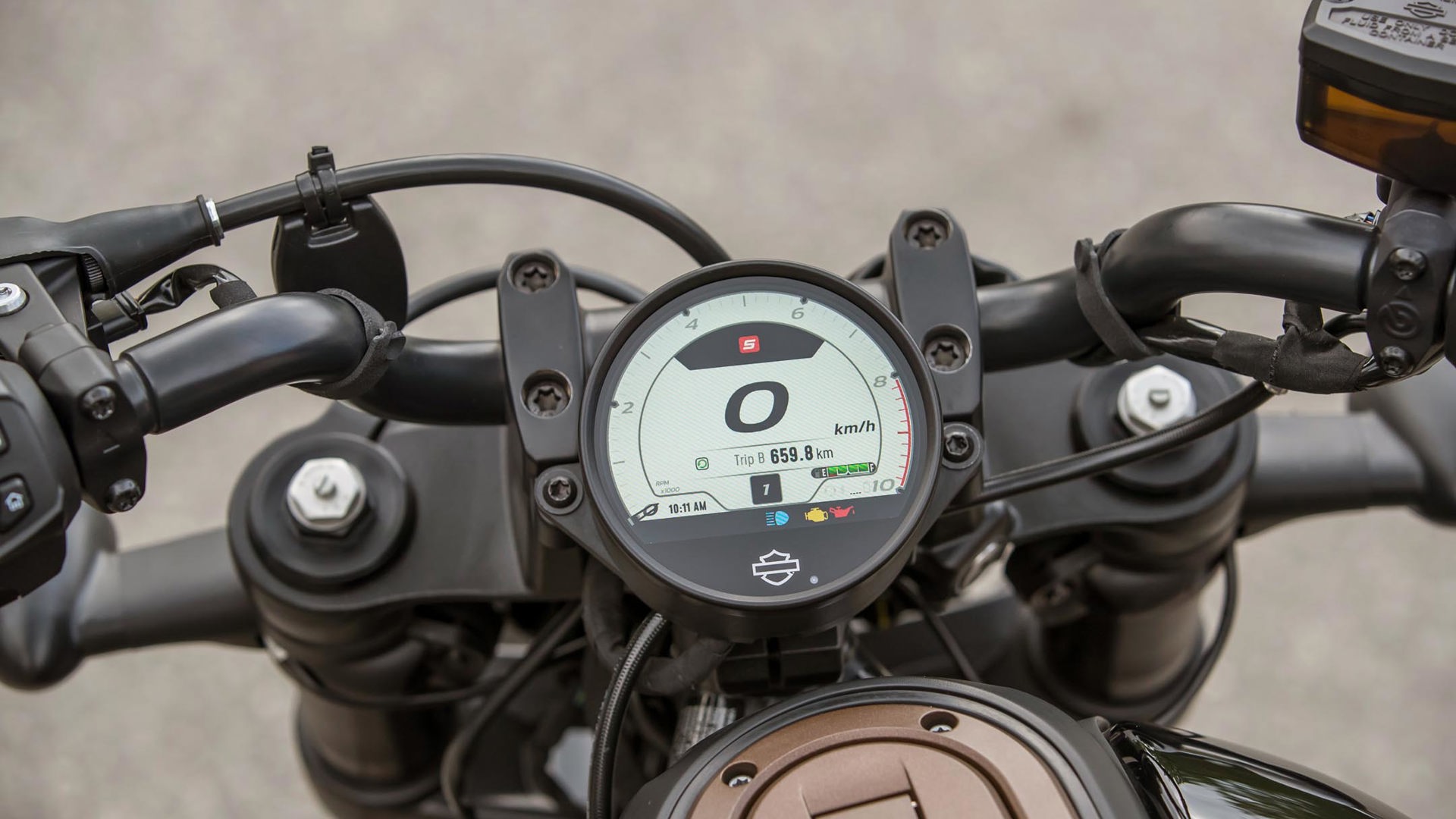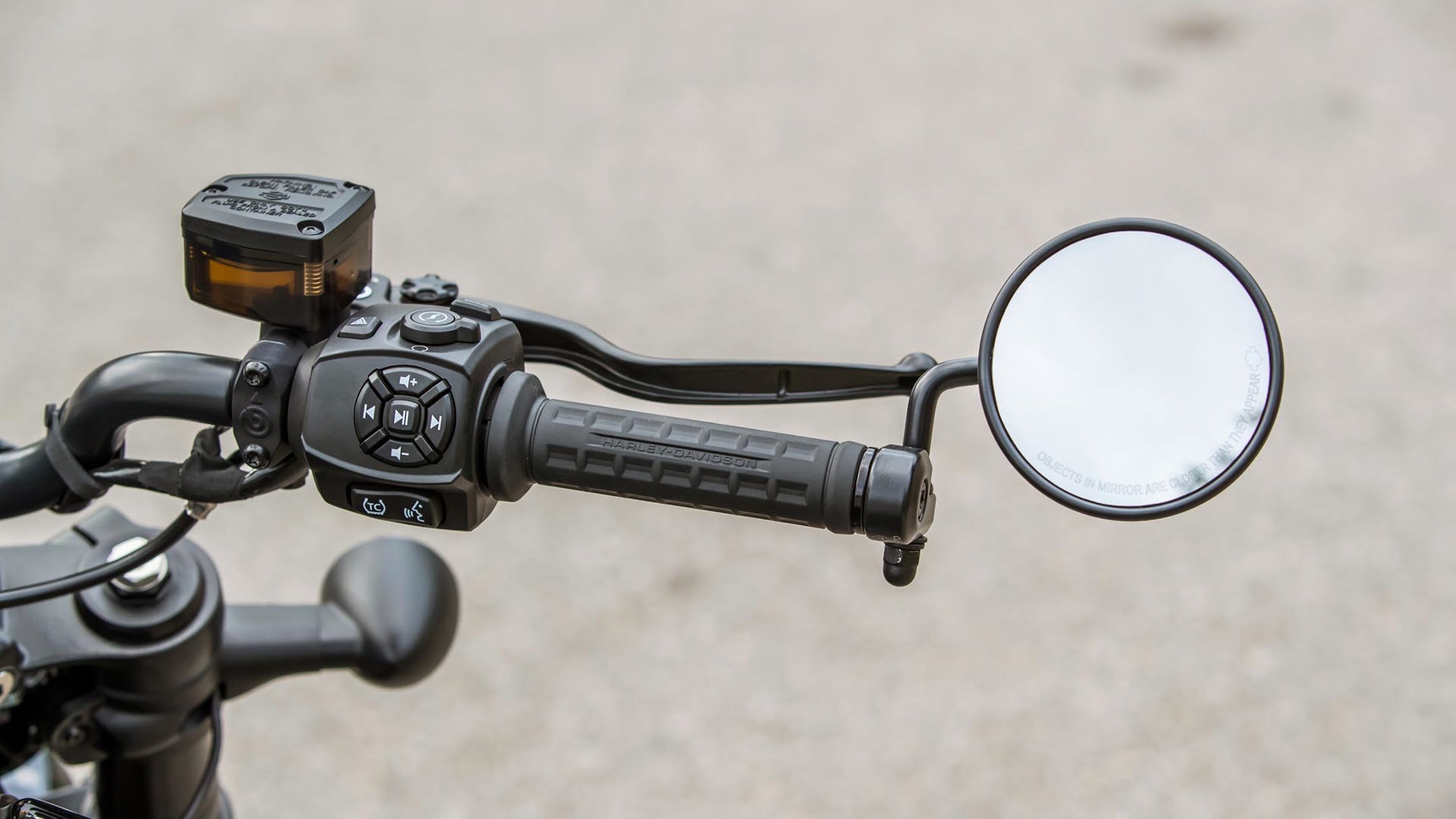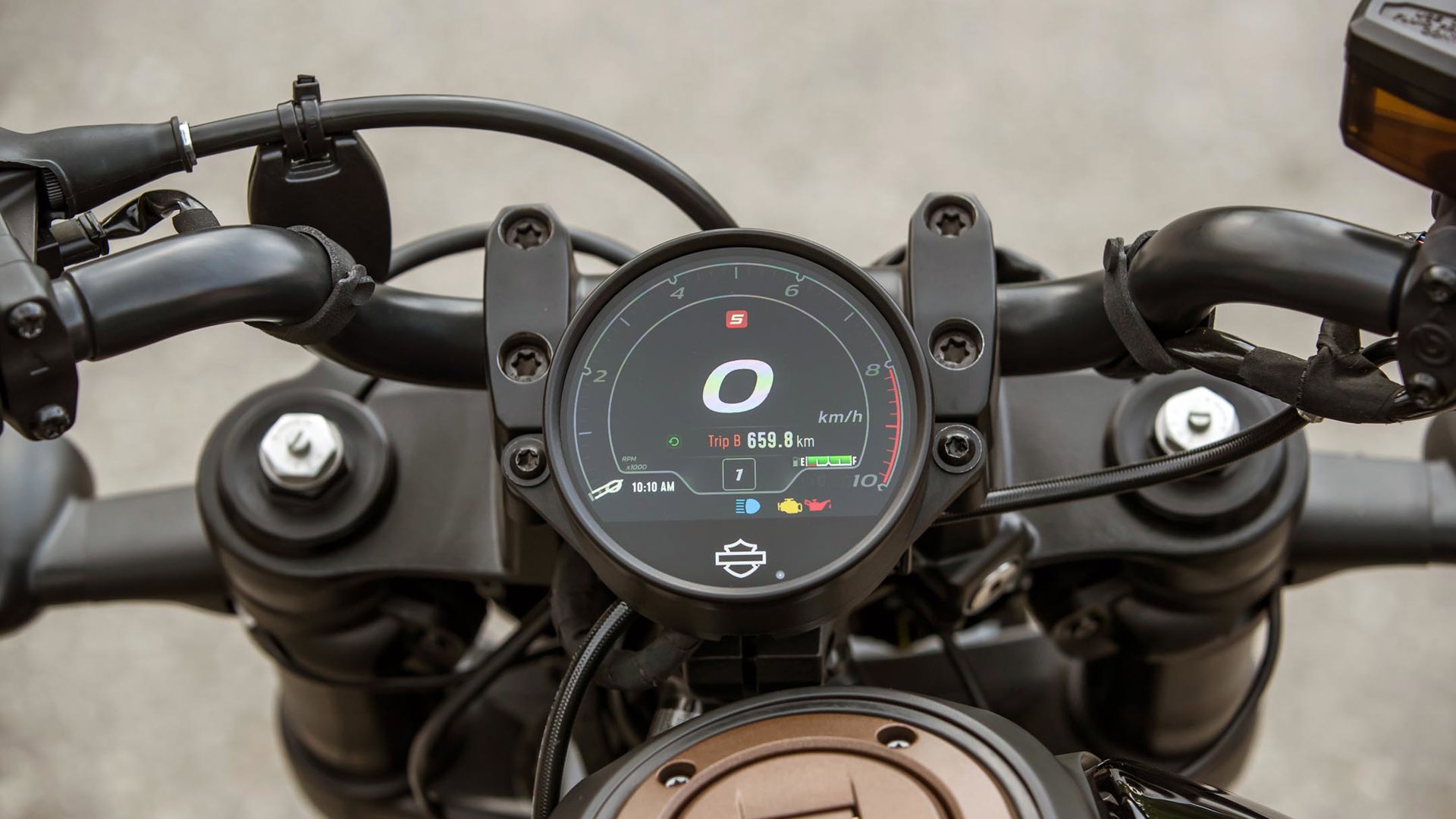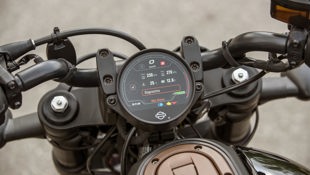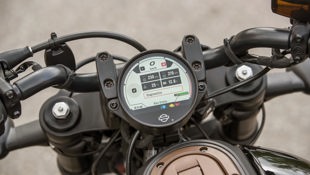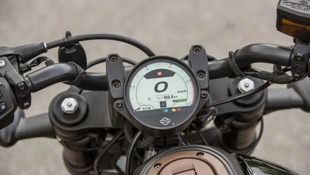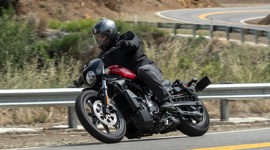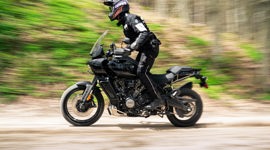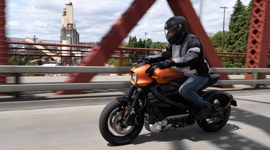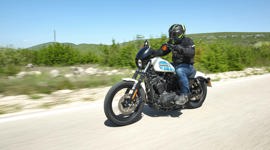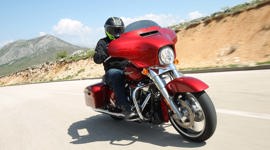Originally published on Canada Moto Guide: 2021 Harley-Davidson Sportster S First Ride Review
There’s little question that the Sportster name carries a great deal of importance for Harley-Davidson.
In production since 1957, it’s the legendary marque’s longest-running model. Aside from the short-lived Street lineup, it’s also been the most accessible, likely responsible for bringing more riders into the brand than any other since its inception.
In the same way an actor can be typecast in a recurring role, being so well known for something comes with its share of challenges. To some riders, the company has come to be defined by the limitations of its outdated air-cooled 45-degree V-twin and aging chassis.
So where does it go from here? The LiveWire has proven that Harley can make a modern electric motorcycle, while the Pan America is proof it can make a competitive adventure bike. But can Harley make a better Sportster? Yes, evidently it can.
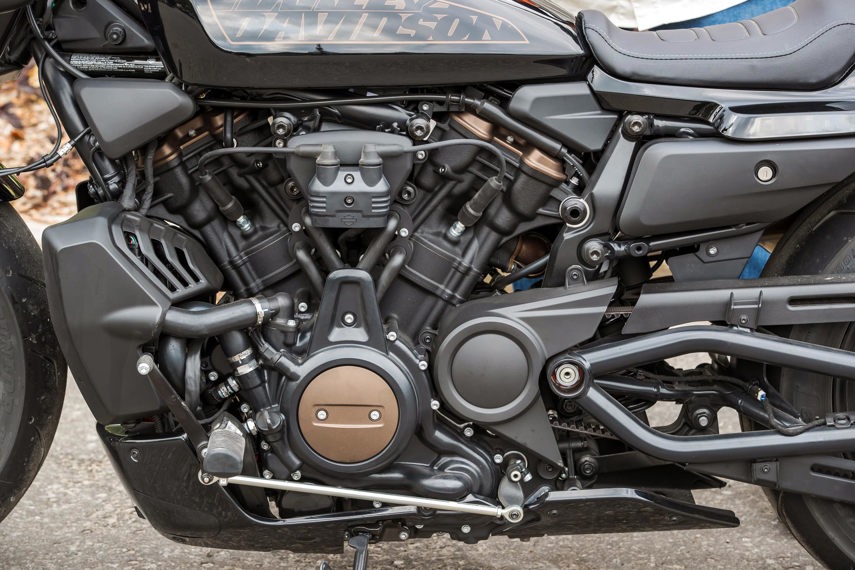
Get Your Motor Running
The Harley-Davidson Sportster S makes use of the same 1,252-cc Revolution Max engine from the Pan America but has a lower output of 121 hp and 94 lb-ft of torque at 6,000 rpm compared to the Pan Am’s 150 hp. It’s also belt driven versus chain driven.
The new engine is a liquid-cooled 60-degree V-twin with double overhead cams, a 90-degree firing order, four valves per cylinder, variable valve timing for both intake and exhaust, dual spark plugs per cylinder, a dry-sump oil system, and a 12:1 compression ratio. The cam profile and valve phasing were optimized for strong acceleration off the line and through the mid-range, broadening the powerband and increasing efficiency.
Primary and secondary balancers were incorporated to improve sound quality and reduce vibration. The engine was designed to be narrow and keep weight low for rider comfort and improved handling. Materials such as nickel-silicon carbide and lightweight magnesium were used to keep weight down. The bike’s claimed curb weight is 228 kg (502 lb).
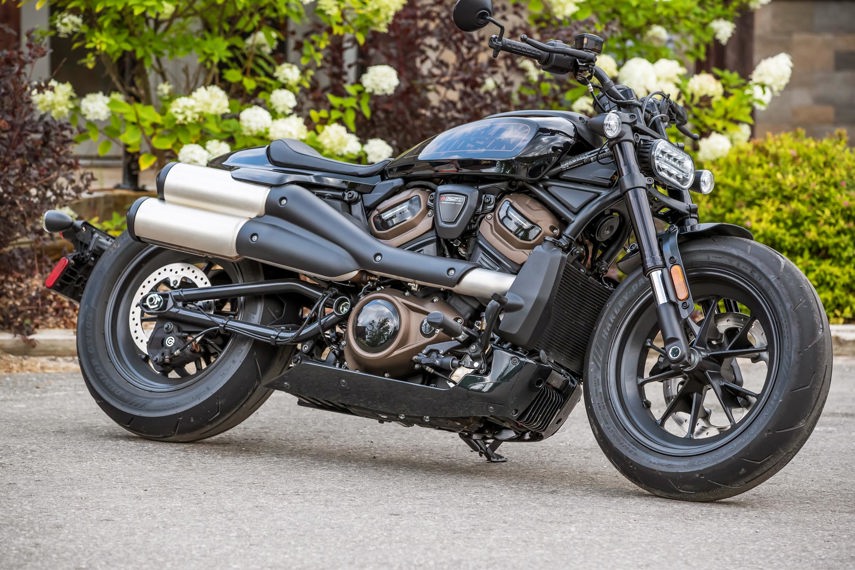
Styling Mashup
Not just designed for propulsion, the engine is also a structural component meant to lower weight and increase rigidity. Aesthetically, the new Sportster is a bit of a mashup, incorporating aspects of Harley’s XR750, Forty-Eight, and Fat Bob, but also elements from various other genres. Crouched and powerful looking, it has been designed around the engine. A mixture of textures, colours, and themes inspired by custom show bikes, it features a large bobber front tire, a modern pill-shaped Daymaker LED headlight, and a high mounted two-into-one-into-two exhaust inspired by classic flat trackers. The licence-plate holder and taillight assembly extend from the side of the swingarm for a clean, custom look. If you ask me, it works.
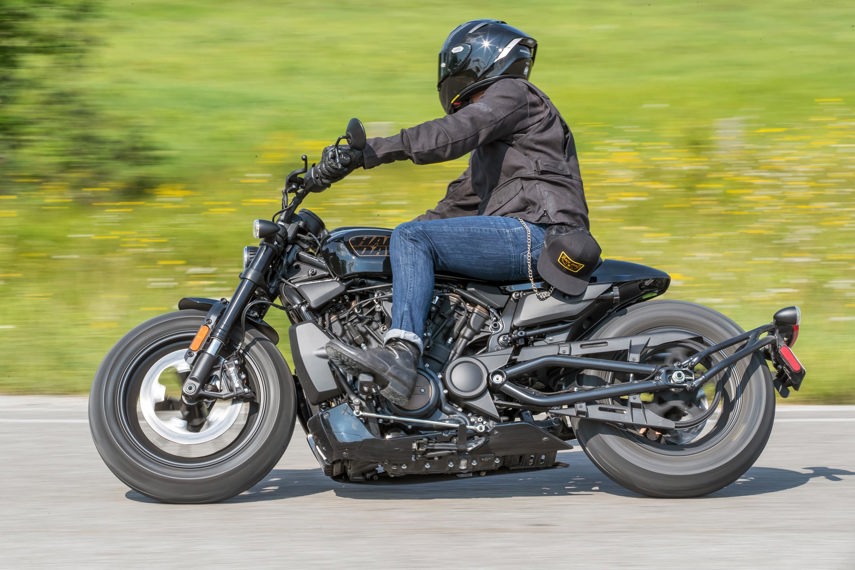
So, Did You Get to Ride It…?
Straddling the bike is an easy task thanks to the 750-mm (29.6-in) seat height. Bars and forward-mounted foot pegs are easily within reach for most riders. Mid-mounted controls are optional if you favour a more athletic riding position, but they would likely be too cramped for me.
The standard riding position and fat tires did not inspire confidence. Made specifically for Harley-Davidson, the Dunlop rubber – 160/70R17 front, 180/70R16 rear – provides a beefy look, but along with ergonomics and chassis geometry, they take some seat time to get comfortable before throwing the bike over into turns. I felt like Christian Bale’s Dark Knight version of Batman riding the Batpod at first, but it became more intuitive the longer I rode.
Handlebars and controls will feel foreign to traditional Hog riders. Grips are narrower and textured, while the turn signal function is housed in a small, single metric button operated by the left thumb. It feels flimsy surrounded by otherwise high-quality material and is located perilously close to the horn button.
As someone who wears 2XL gloves (I’m not bragging), the lever for the wet slipper clutch felt a bit far out of reach. Action was smooth, deliberate, and predictable, though. The same goes for the Brembo brakes, which consist of a radially mounted monoblock four-piston caliper up front and a floating single-piston caliper in the rear.
Similarly to the Pan America, the engine doesn’t sound overly intriguing at idle, but the exhaust note does have a nice characteristic when being wound up or during downshifts. Throttle response feels ever-so finicky at the onset, but acceleration is robust once you roll back your wrist. This engine sings and wants to pull hard in every gear.
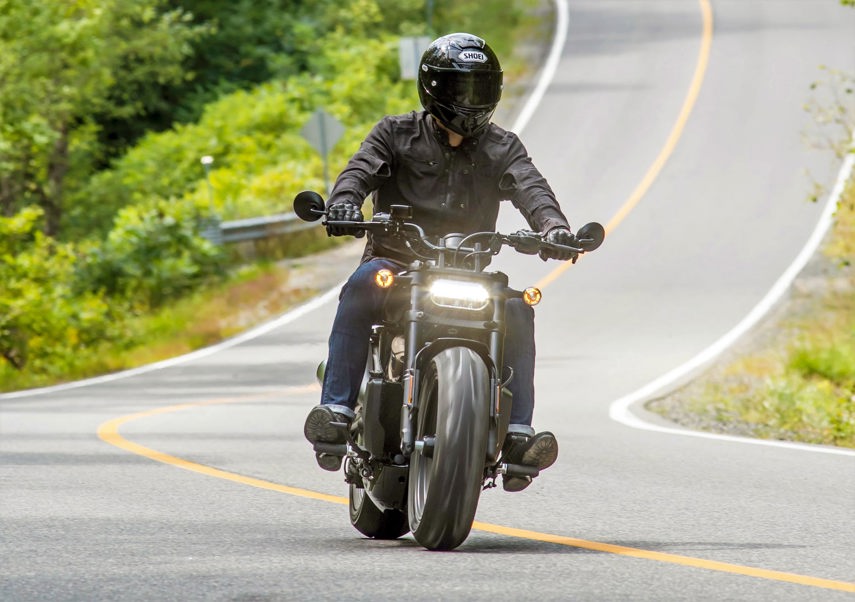
Real-World Considerations
The 30-degree rake and low centre of gravity made slower manoeuvres and U-turns surprisingly easy during ride-by photo sessions for this review, however the 78-mm (3.1-in) ground clearance and 34-degree lean angle mean that if you ride even remotely enthusiastically, you’d better be prepared to scrape some pegs.
My biggest gripe would unquestionably have to be the location of the rear cylinder head and its proximity to the seat. The exhaust pipe features a heat shield, but the cylinder heads do not. Leg position will vary based on height and stature, as well as peg placement, but my right thigh constantly coming in contact with a scalding hot engine was not the most enjoyable aspect of the experience.
Fuel economy is rated at 4.8 L/100 km. Premium fuel is recommended for the 11.7-L tank, but knock sensors will accommodate regular octane if you’re in a jam and can’t find the good stuff.
Arranged by Harley-Davidson Canada, our riding route was about 51 km to a lunch stop, which included lots of back and forth for photo passes. Experiencing each of the various modes while riding on a mixture of secondary two-lane roads and a blast on the highway back to the hotel, I pulled into the parking lot on fumes.
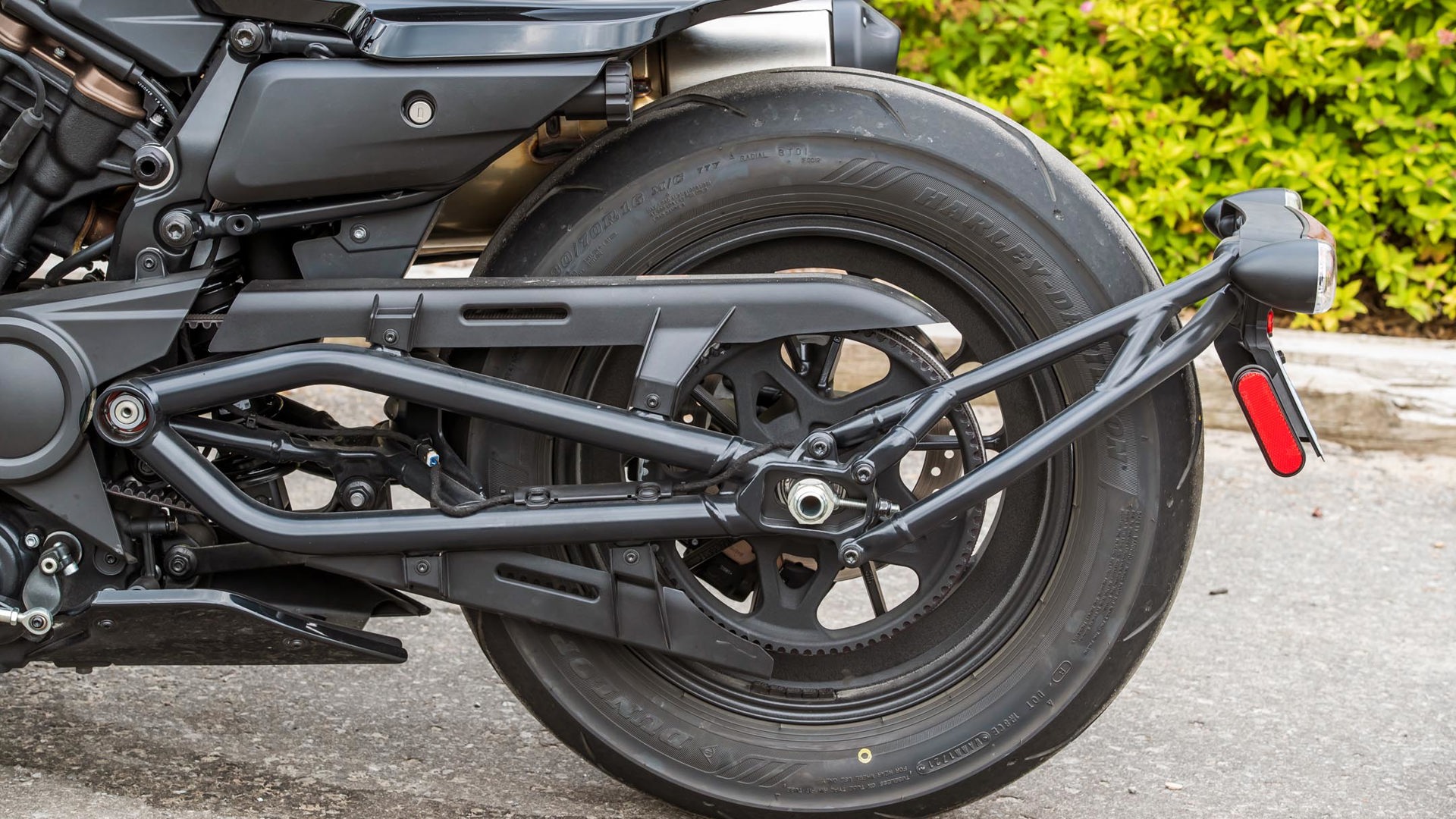
Adjustability Options
Given that the chassis was designed to be light, compact, and rigid, suspension is definitely on the firm side. And so is the seat. Unfortunately, the stock riding position doesn’t really allow you to brace yourself for bumps by using your legs to absorb impact, but the suspension is adjustable. The front setup features a 43-mm inverted fork with compression, rebound and spring preload adjustability, with a linkage-mounted, piggyback monoshock with compression, rebound, and hydraulic spring preload adjustability in the rear operated by a knob beside the seat and another one underneath.
Riding modes make a noticeable difference to performance, impacting throttle response, engine braking, traction control, and anti-lock braking intervention. Options are road, sport, or rain, with the ability to choose and save a profile using ad hoc characteristics.
The system defaults to road in other parts of the world, however, in North America the settings remain in whichever mode you last used, so you don’t have to select sport every time you get on the bike if that’s what you prefer.
There are three levels of intervention, which can be adjusted or disabled. A six-axis inertial measurement unit (IMU) adjusts throttle and braking inputs based on setting and corner angle. A real wheel lift system also mitigates wheel hopping on heavy braking or deceleration.
Instrumentation and Infotainment
The Sportster S gets a high contrast, non-reflective four-inch display that features a speedometer, tachometer, gear position indicator, odometer, fuel gauge, clock, trip meter, ambient temperature gauge (with low temperature alert), side stand and tip-over alert, a cruise control icon, and range to empty countdown. The tach and speedometer are prominently positioned at the top and easy to read, however, I had to squint to see the clock. The bottom third of the display is taken up by a bar and shield logo which could have otherwise been used to prioritize important information.
The system is Bluetooth capable with the ability to listen to music and answer calls, however it must be paired through a headset and your smartphone using the H-D App. Ditto for the navigation system, which doesn’t feature a receiver, but routes can be saved to memory in case cell coverage is lost.
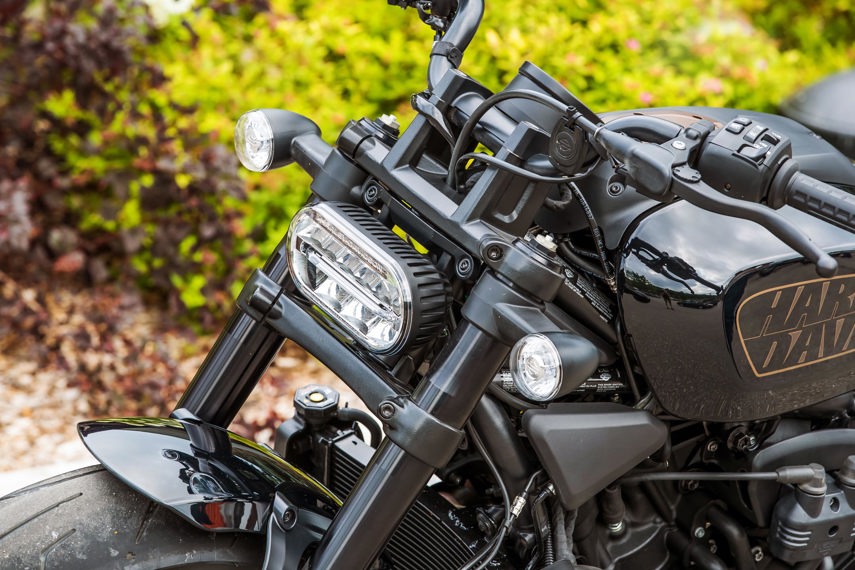
Accessories and Customization
Personalization is a huge part of the Harley ownership experience, particularly when it comes to the Sportster. The S, while no doubt an improvement in a great many ways, doesn’t as easily lend itself to the existing chopper or bobber aesthetics that many Sportster owners gravitate towards, so I’m interested to see how the new model is modified by owners.
The Motor Company has been tight-lipped about upcoming products, but the Pan Am and Sportster S are no doubt just the beginning for the Revolution engine platform, so we may see more traditional designs in the future. The initial accessory catalogue features solo seat upgrade options, as well as pillion seating and foot pegs, tail bags, that mid-control conversion kit, a quick-release detachable windshield, and hand grips.
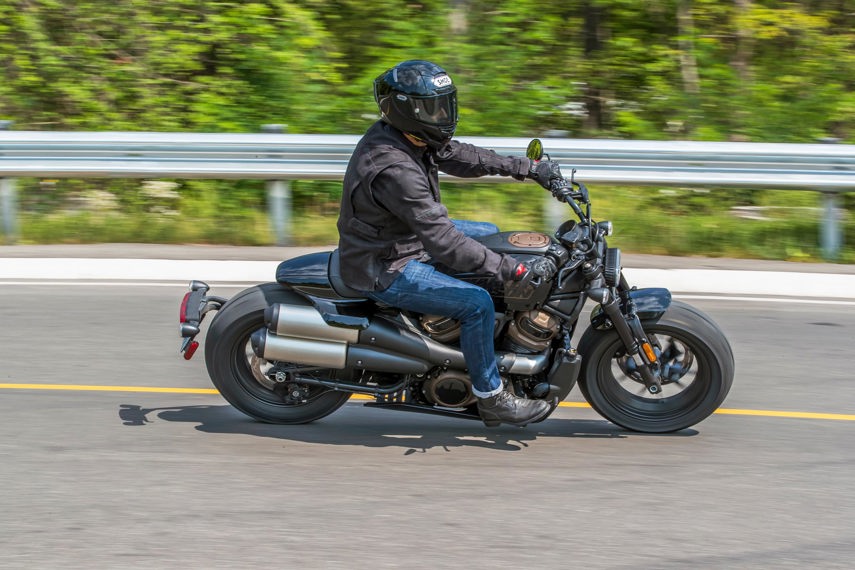
Final Thoughts
The 2021 Harley-Davidson Sportster S is a unique and impressive machine. It’s an imposing and atypical motorcycle from a company that has long rested on its heritage. Featuring a modern, immensely enjoyable engine with variable riding modes, and seamlessly integrated technology, the S is a vast departure from the longstanding Sportster formula. Harley-Davidson spends a lot of time looking back, but the Sportster S is proof that it can also take a bold step into the future.
Pricing starts at $17,999 for Vivid Black, but opting for either Midnight Crimson or Stone Washed White Pearl will set you back another $450. It’s on sale now.
